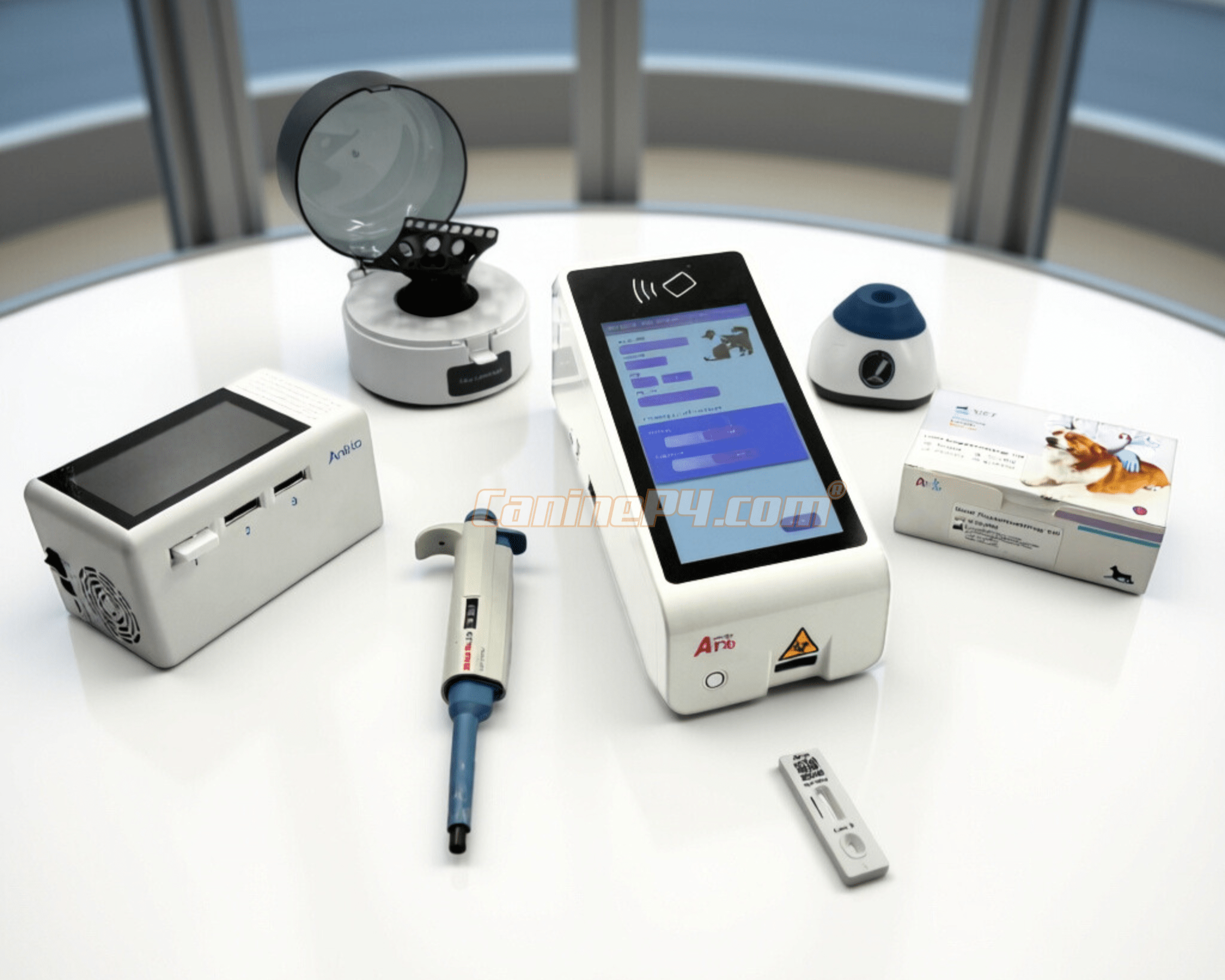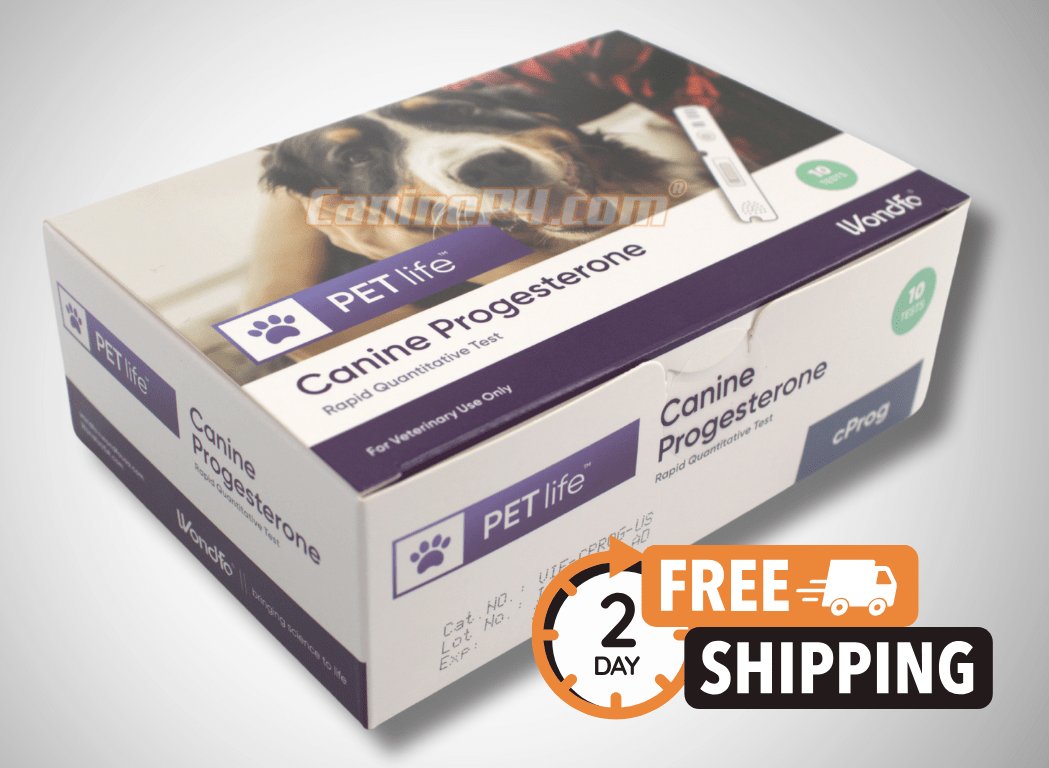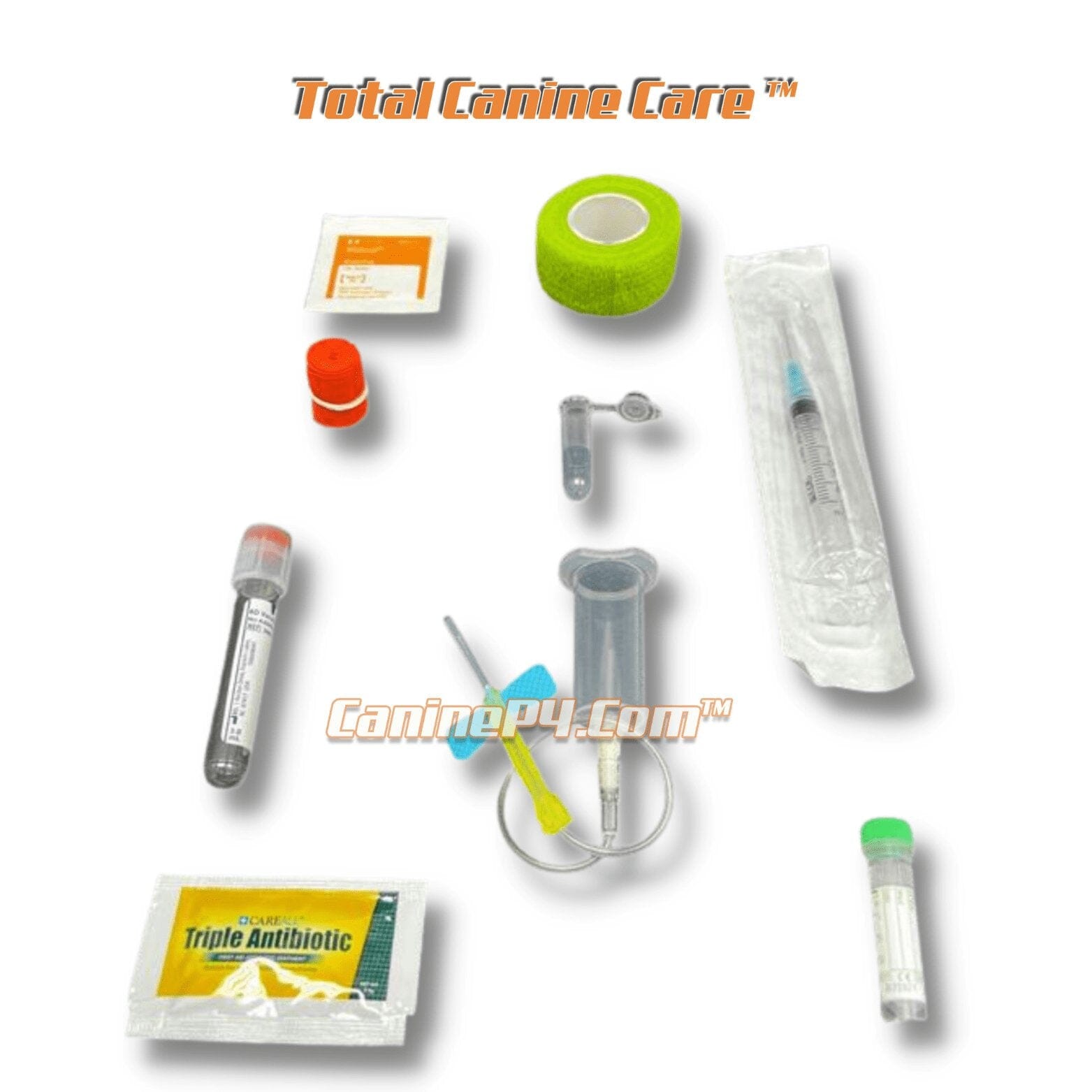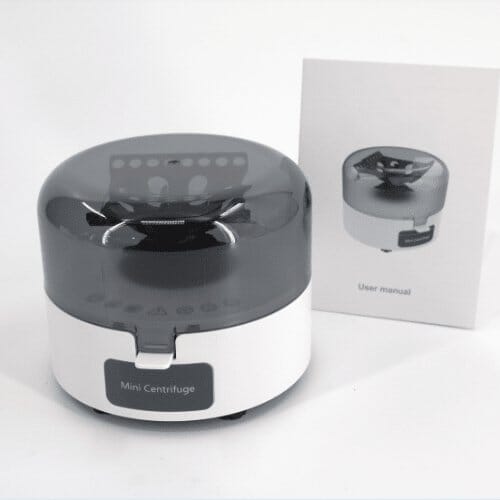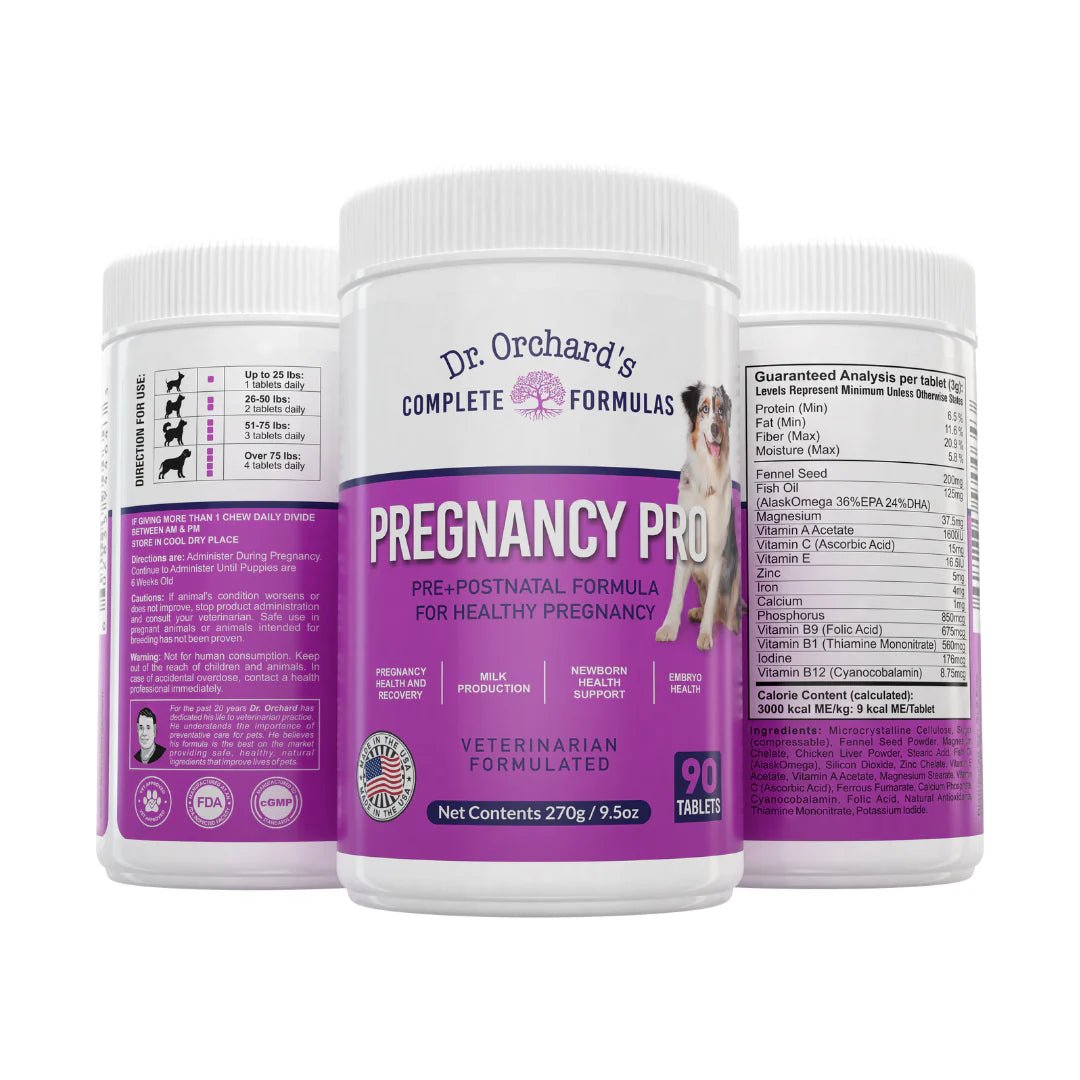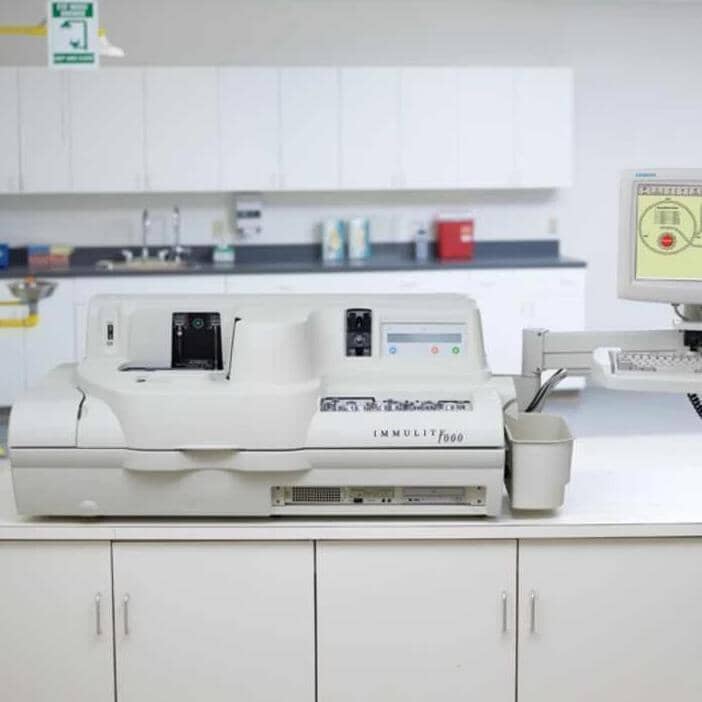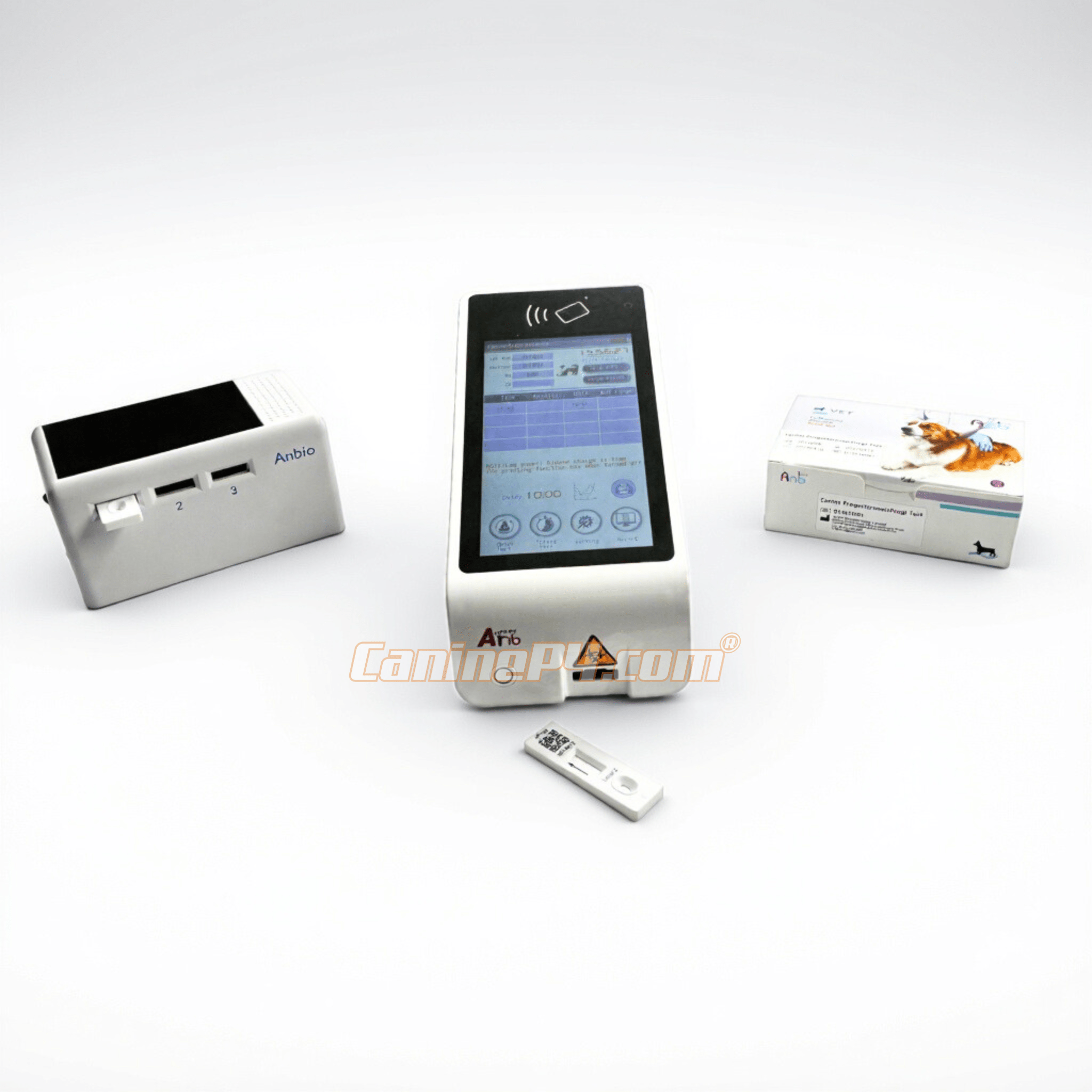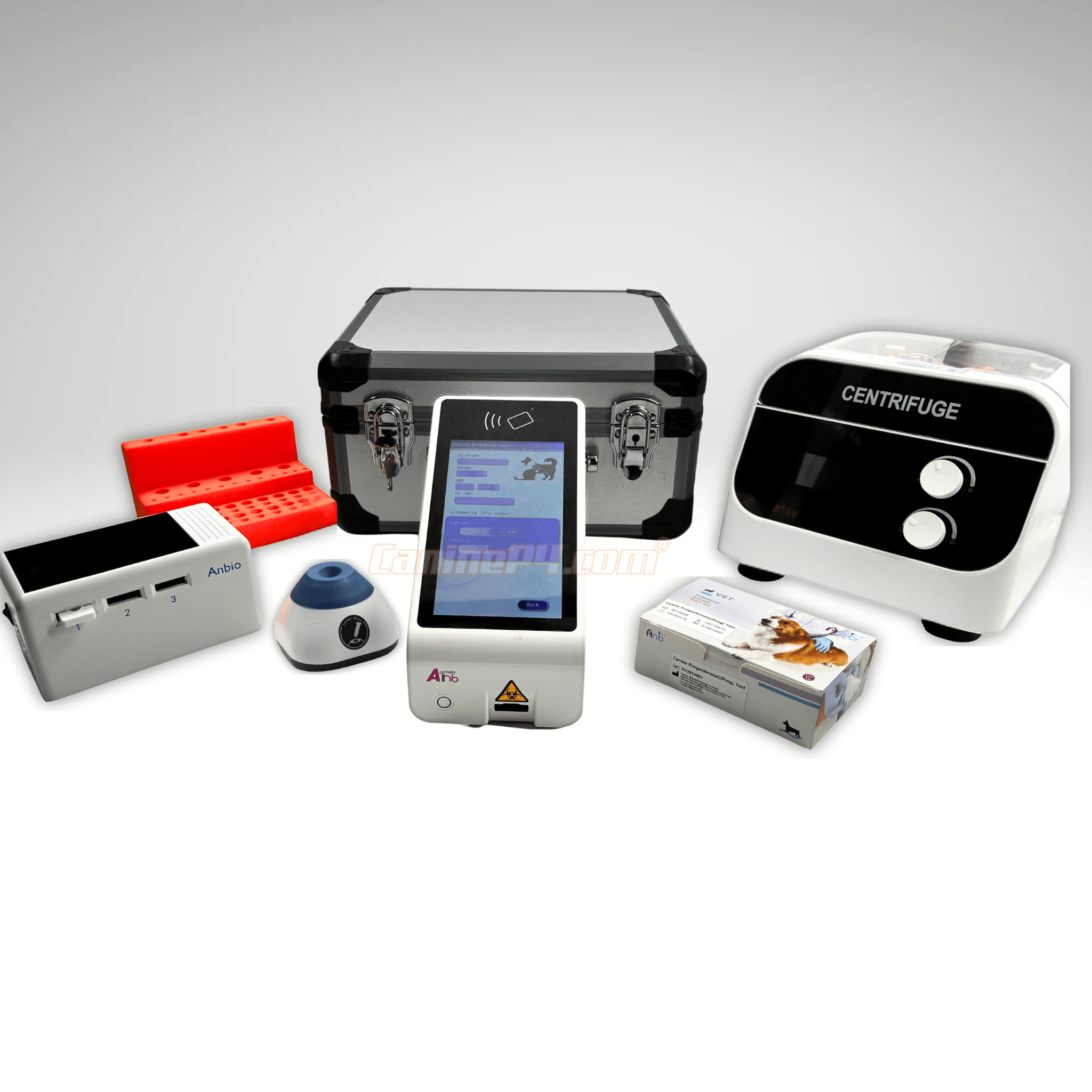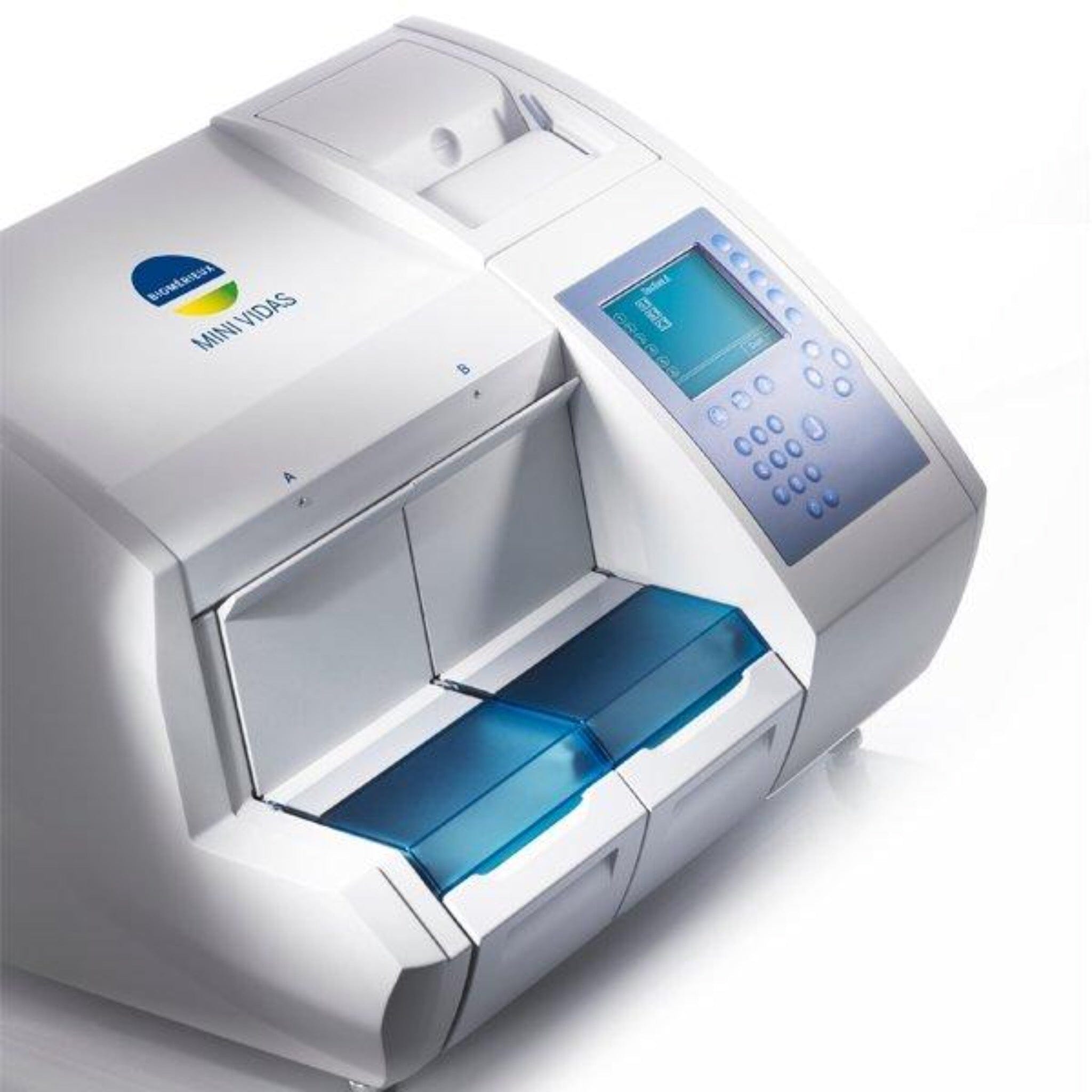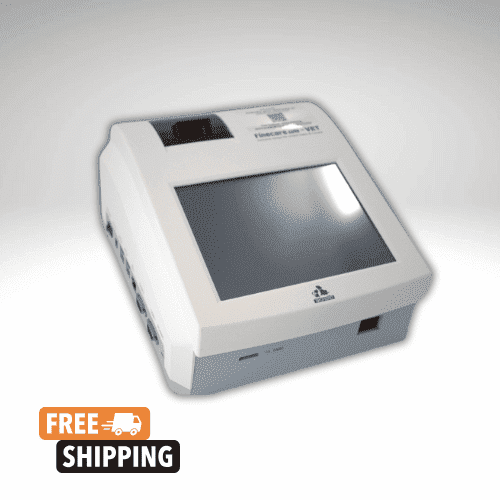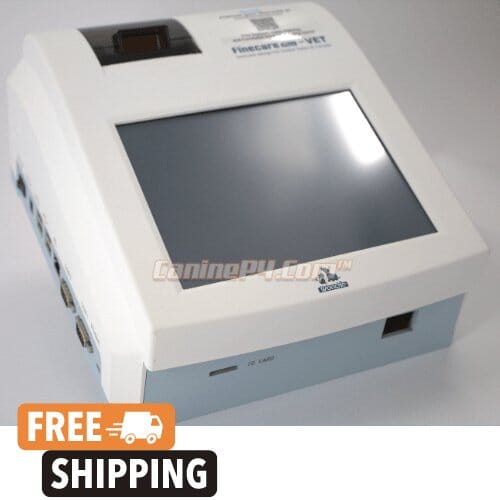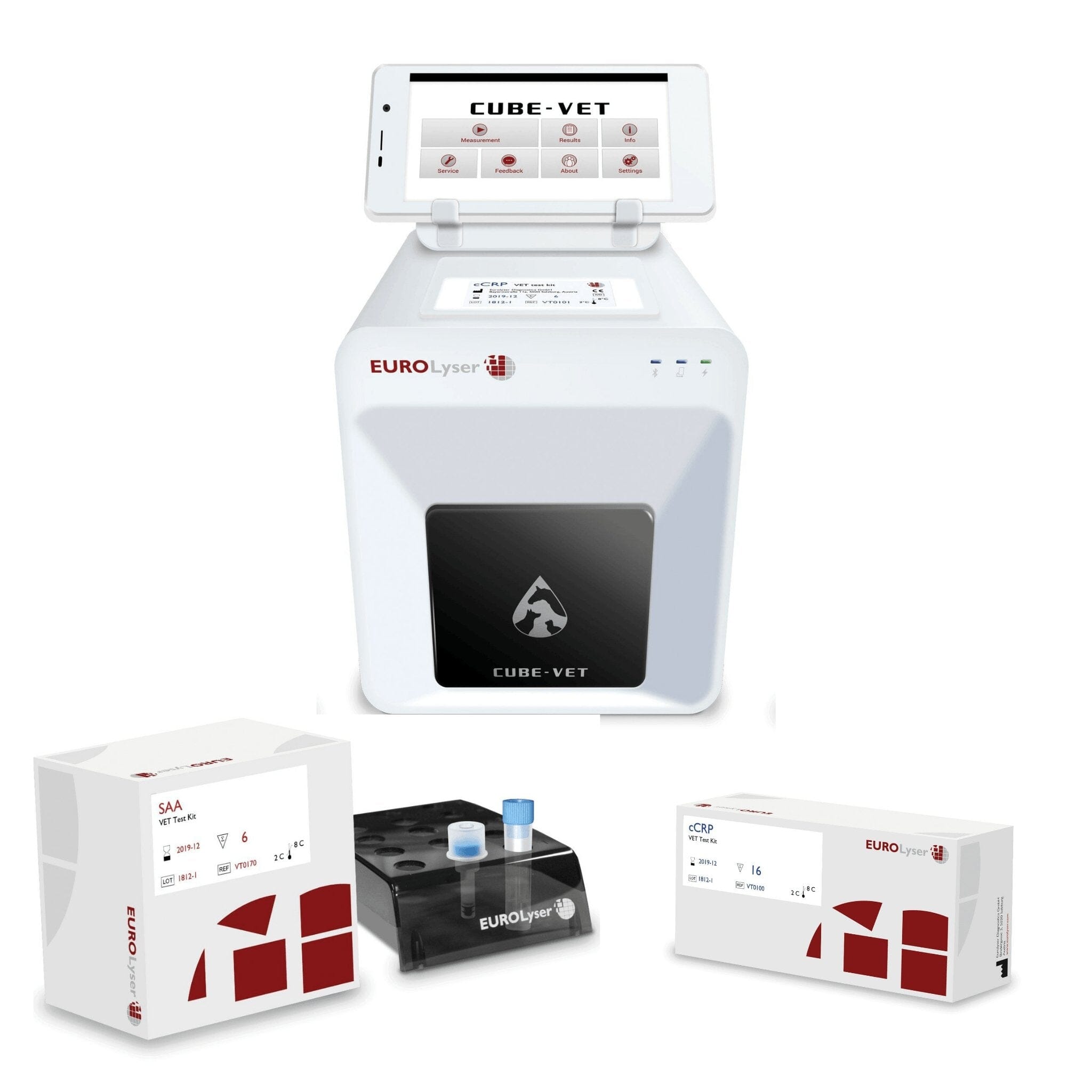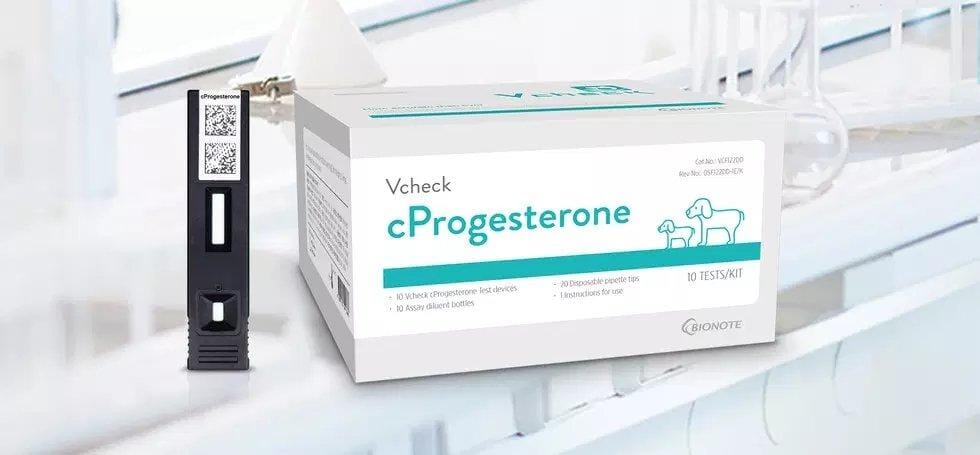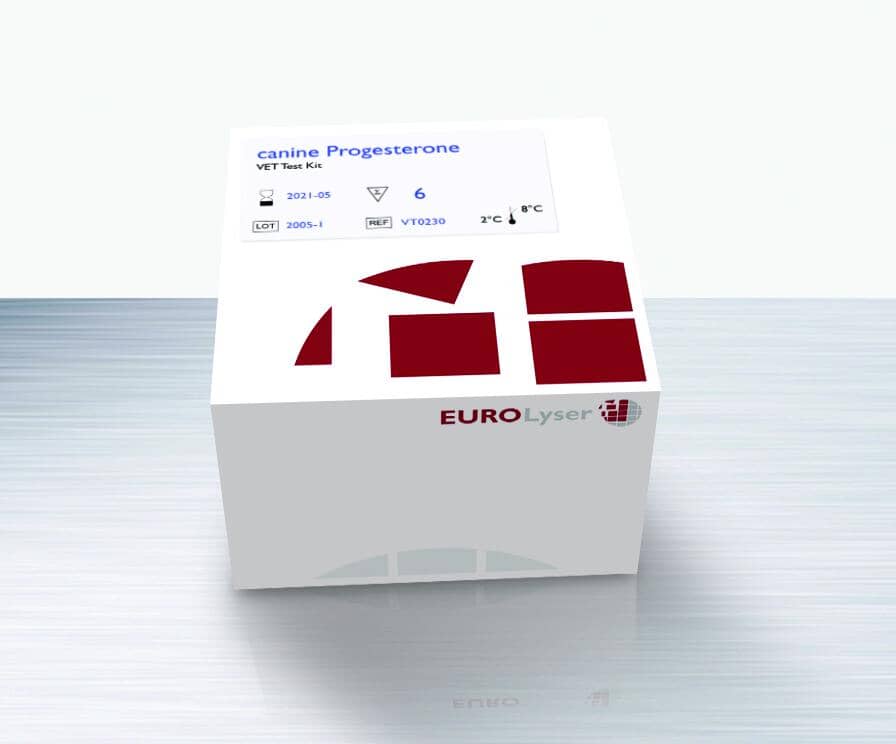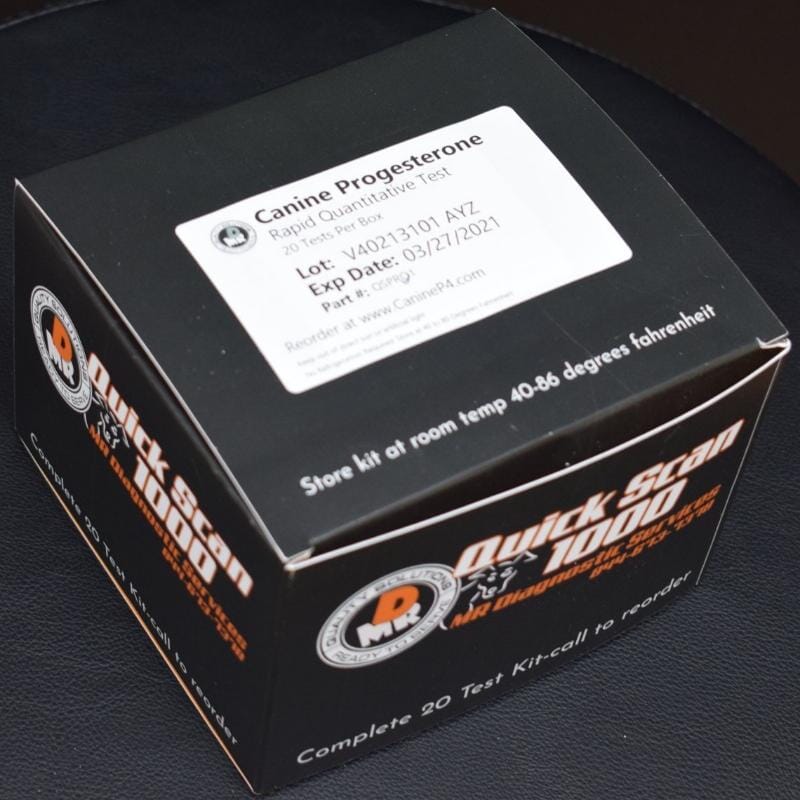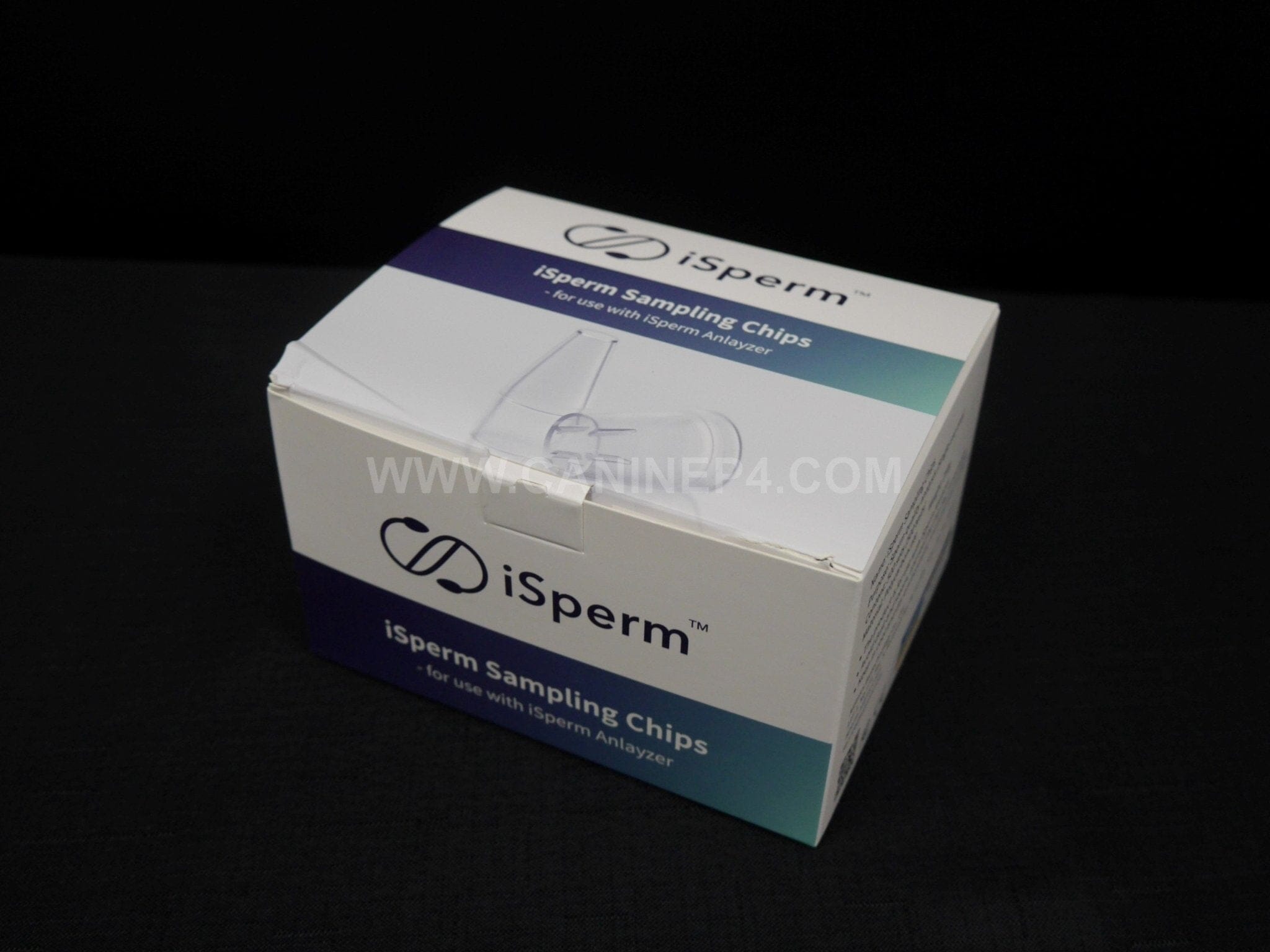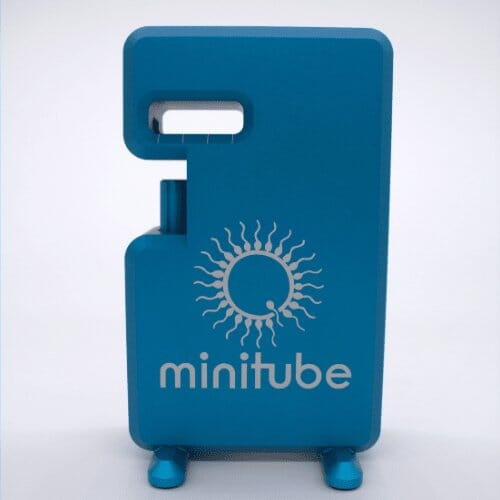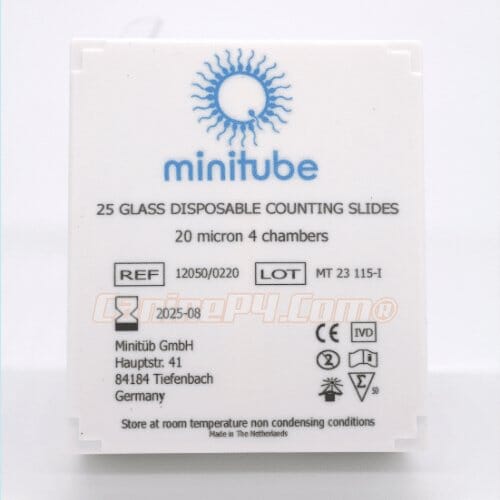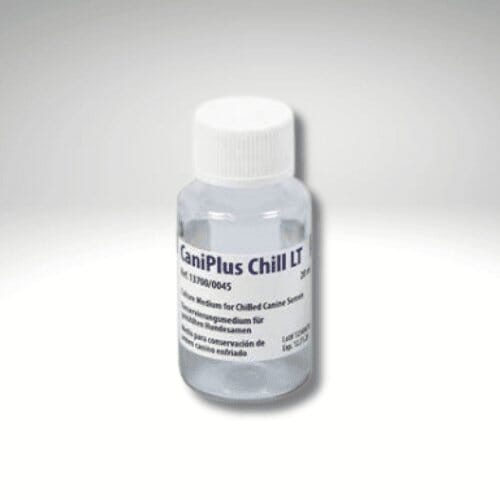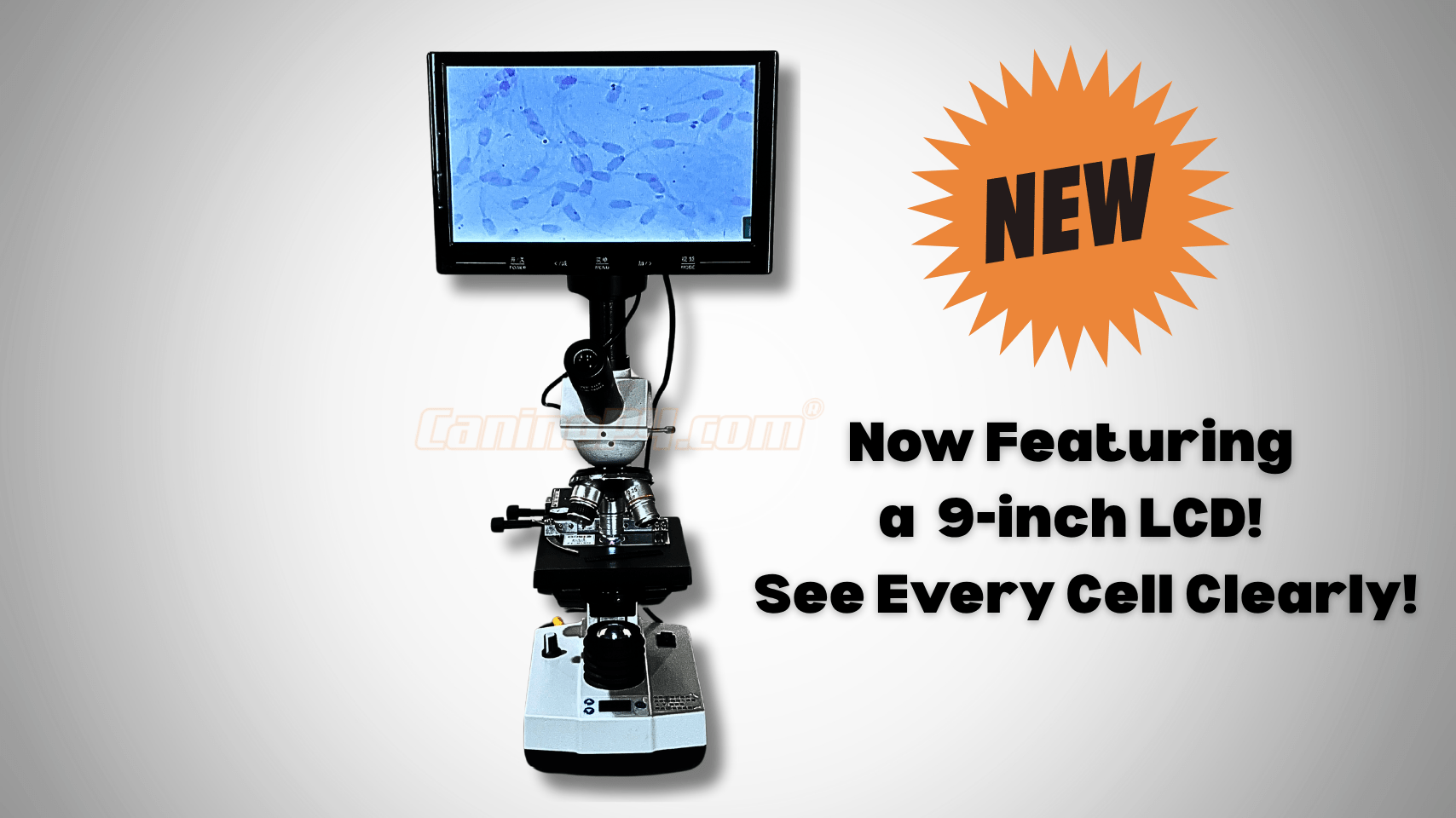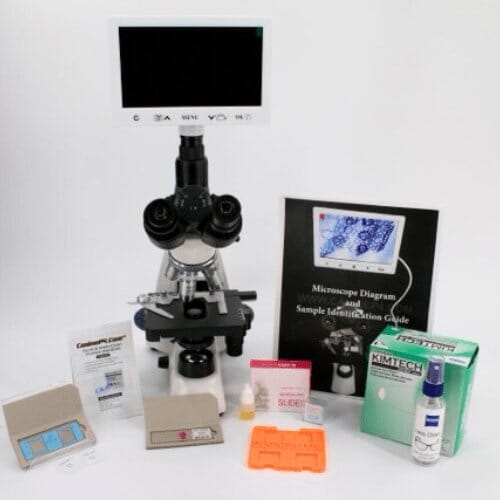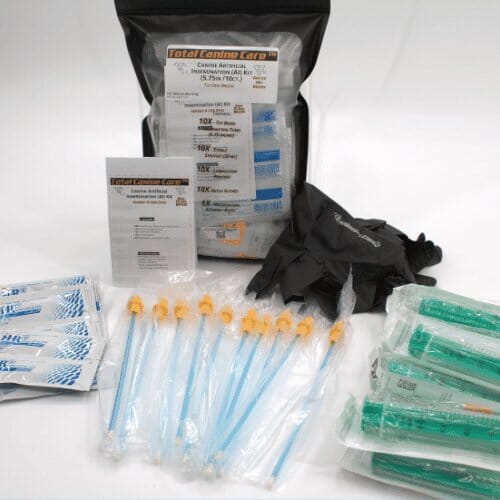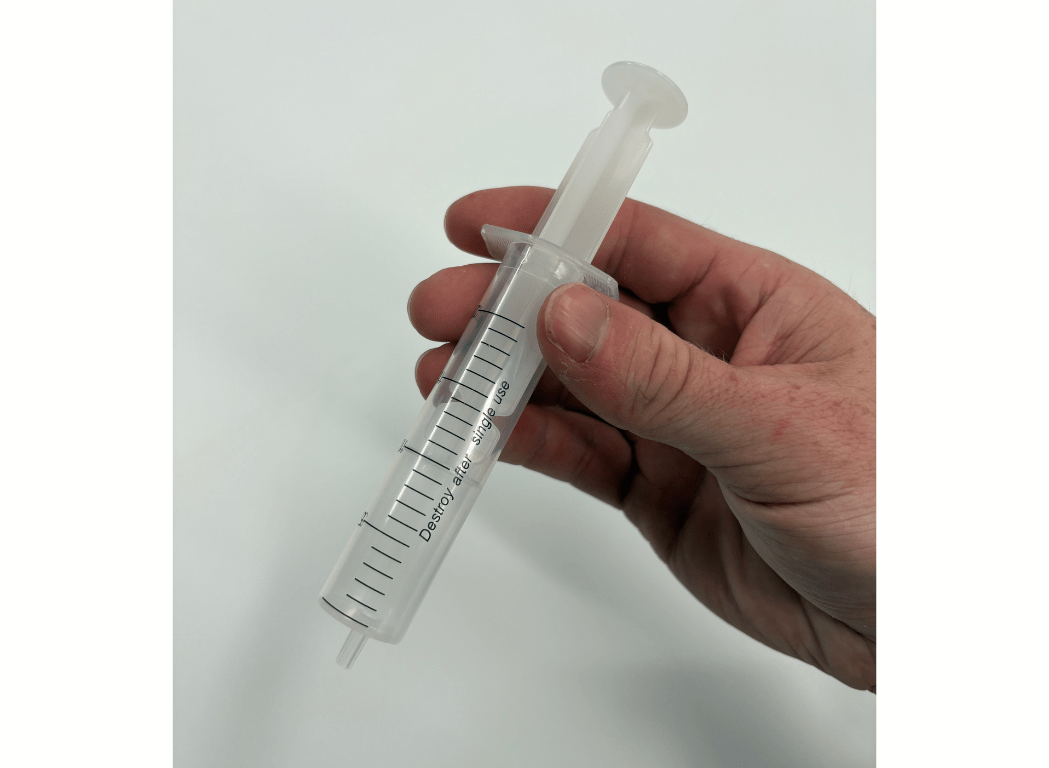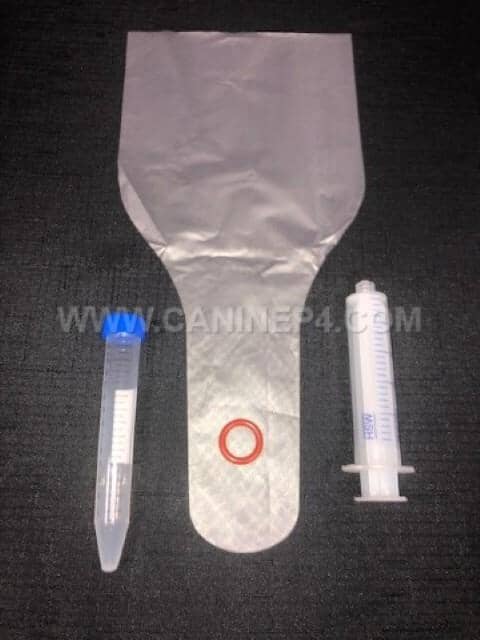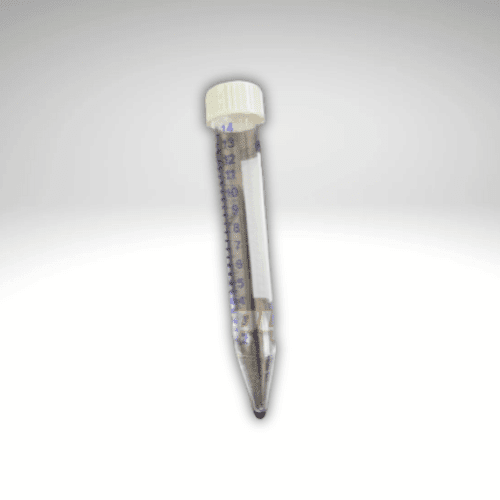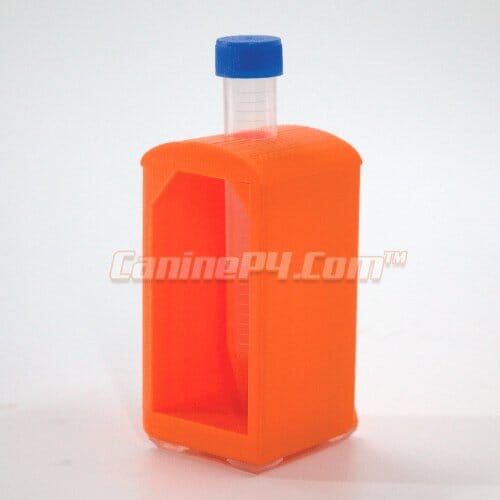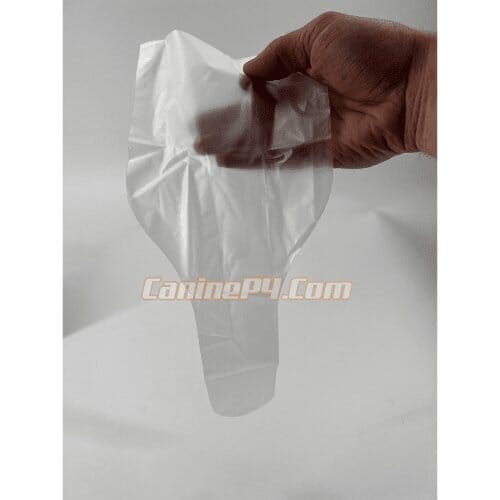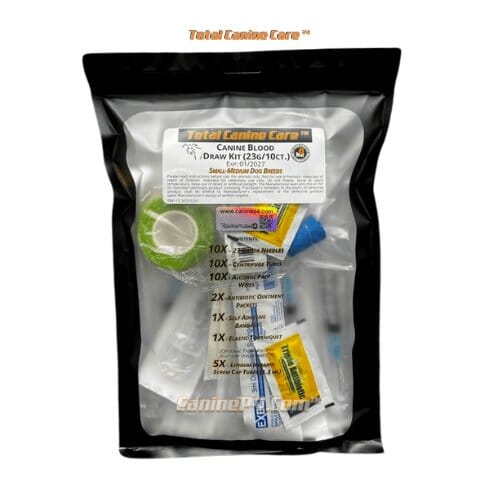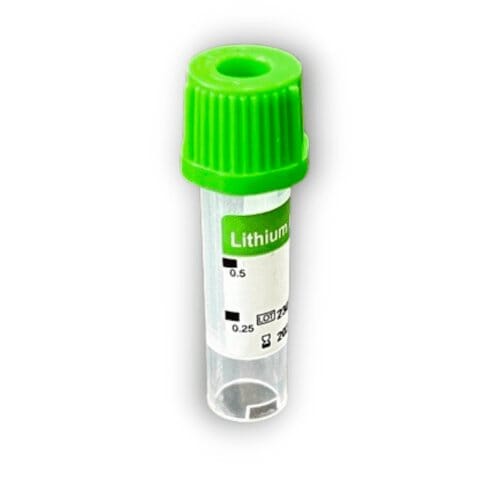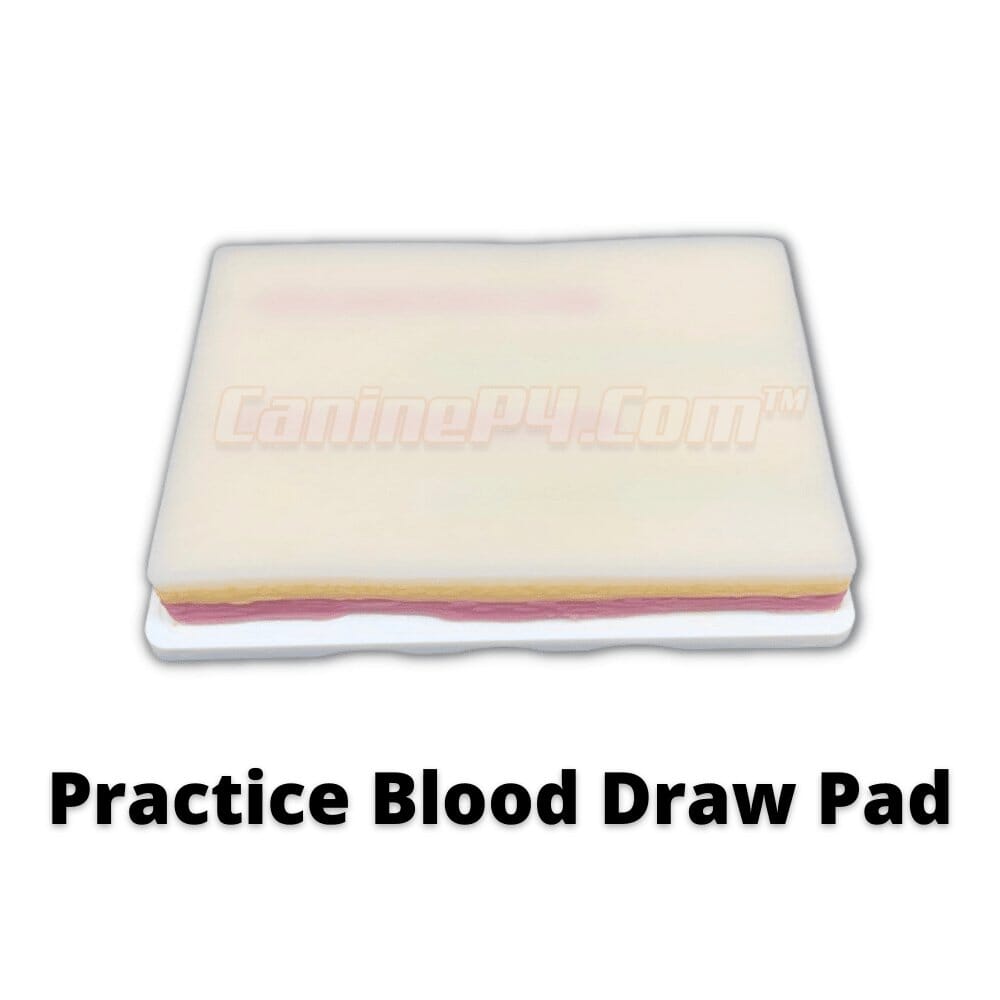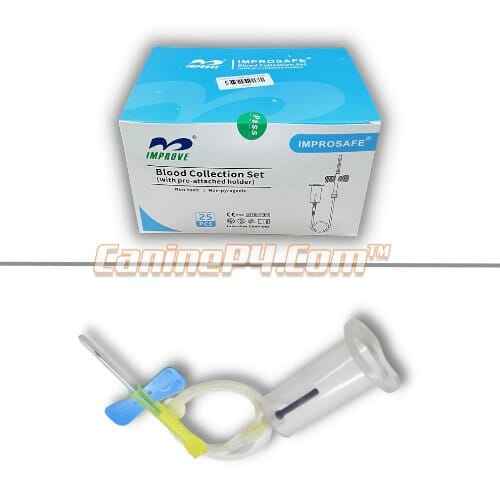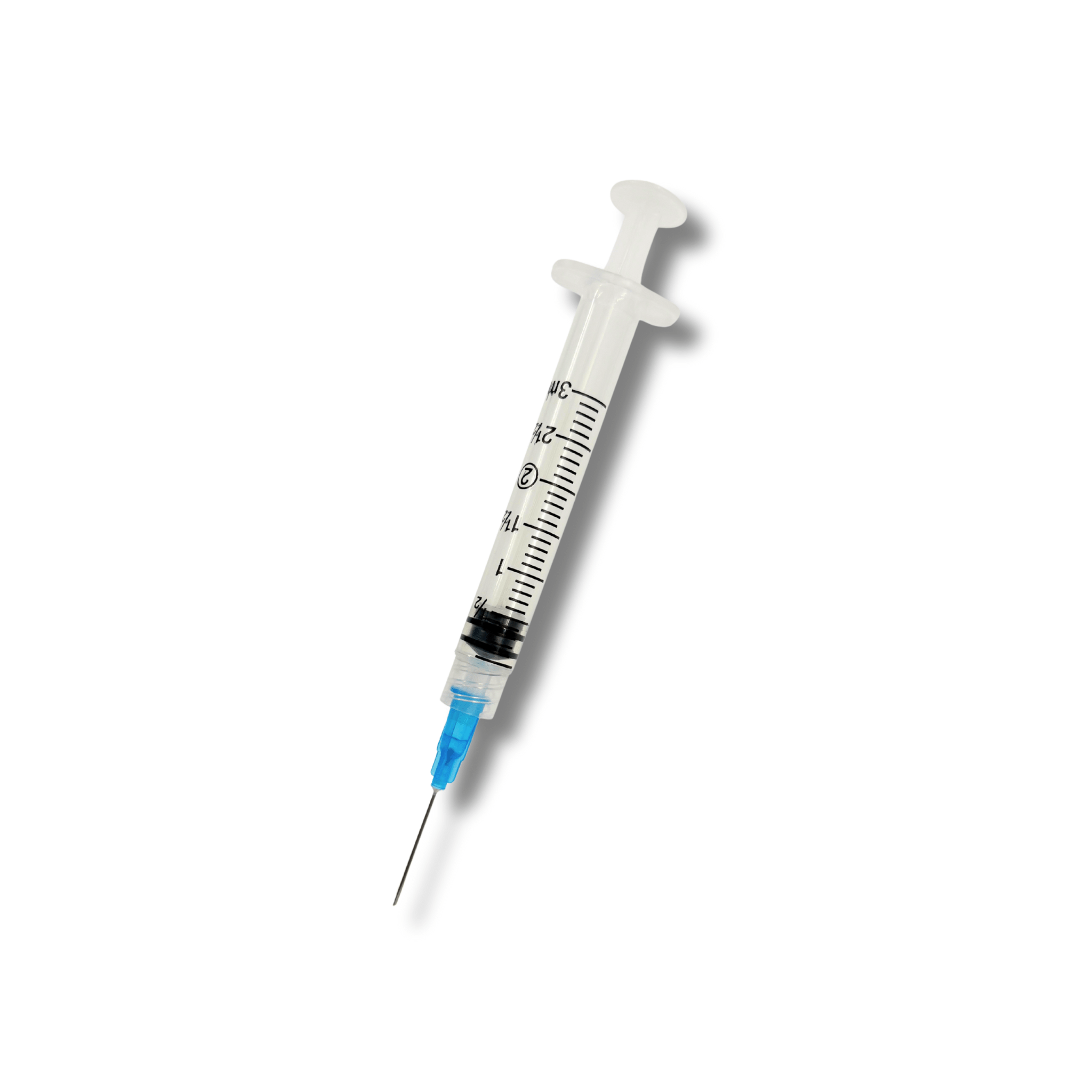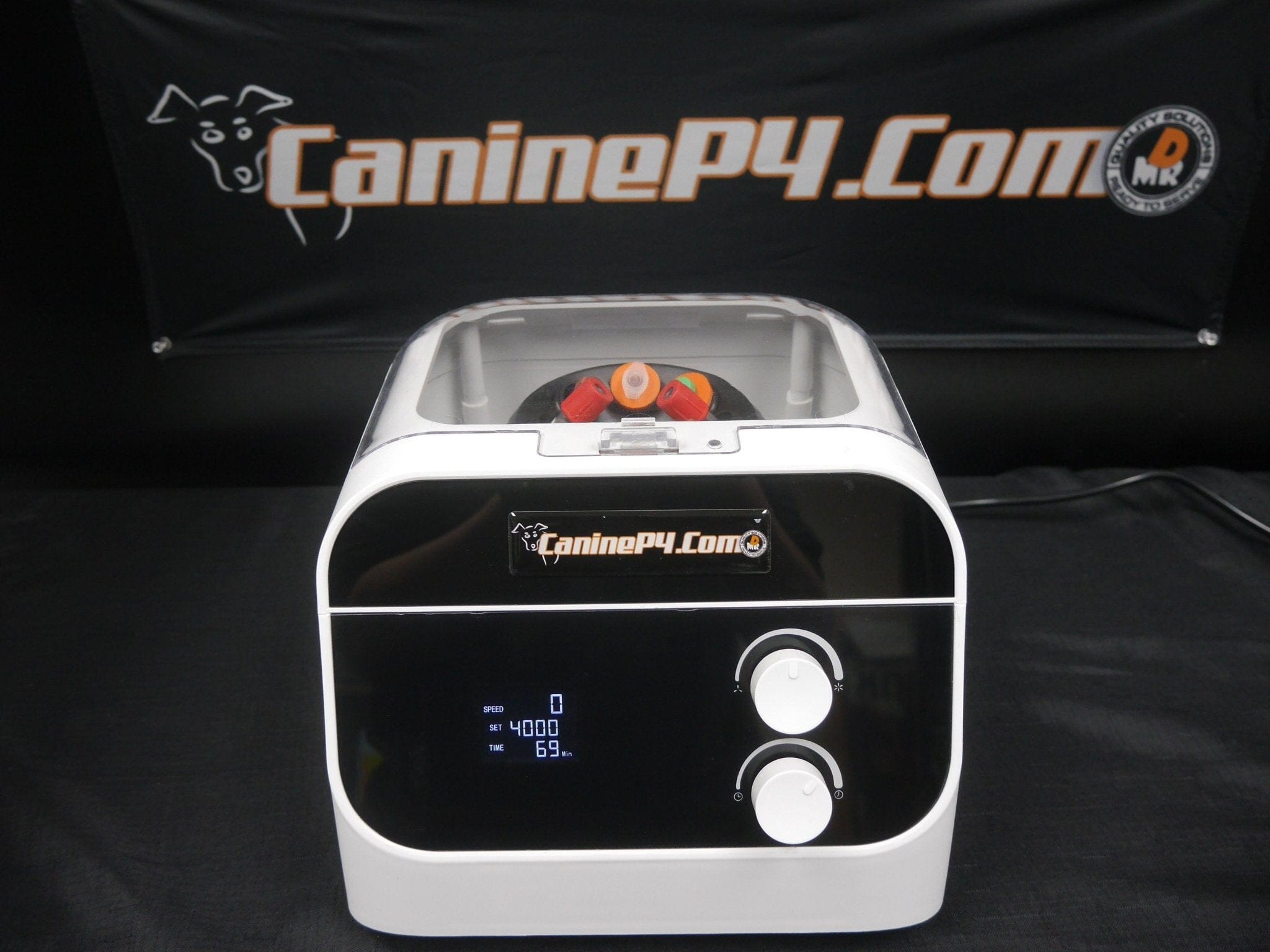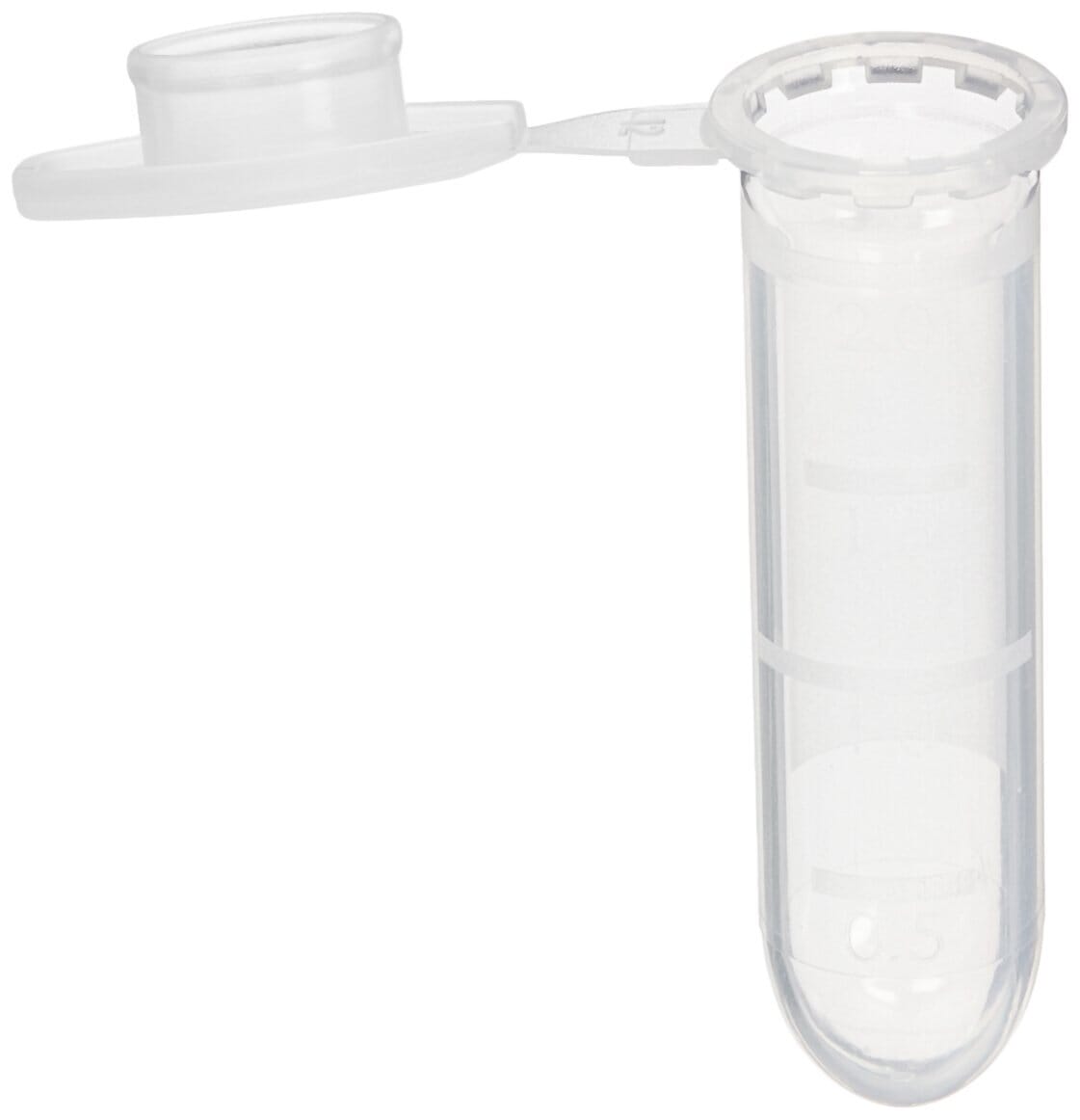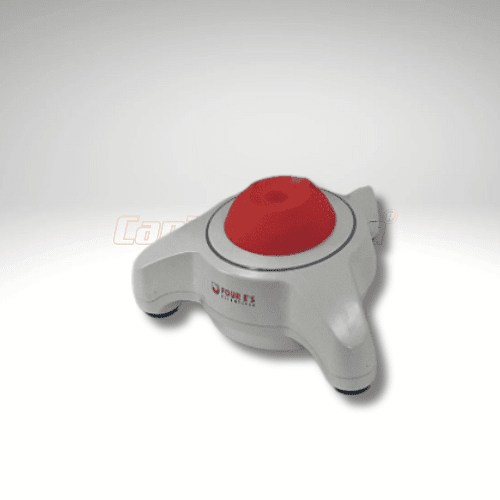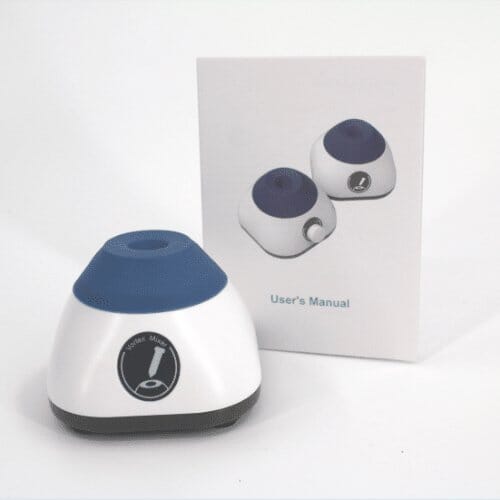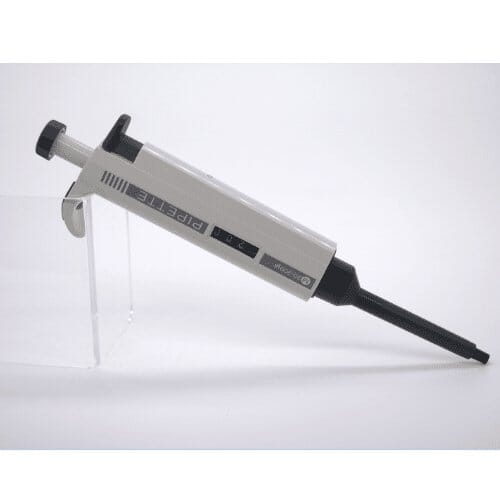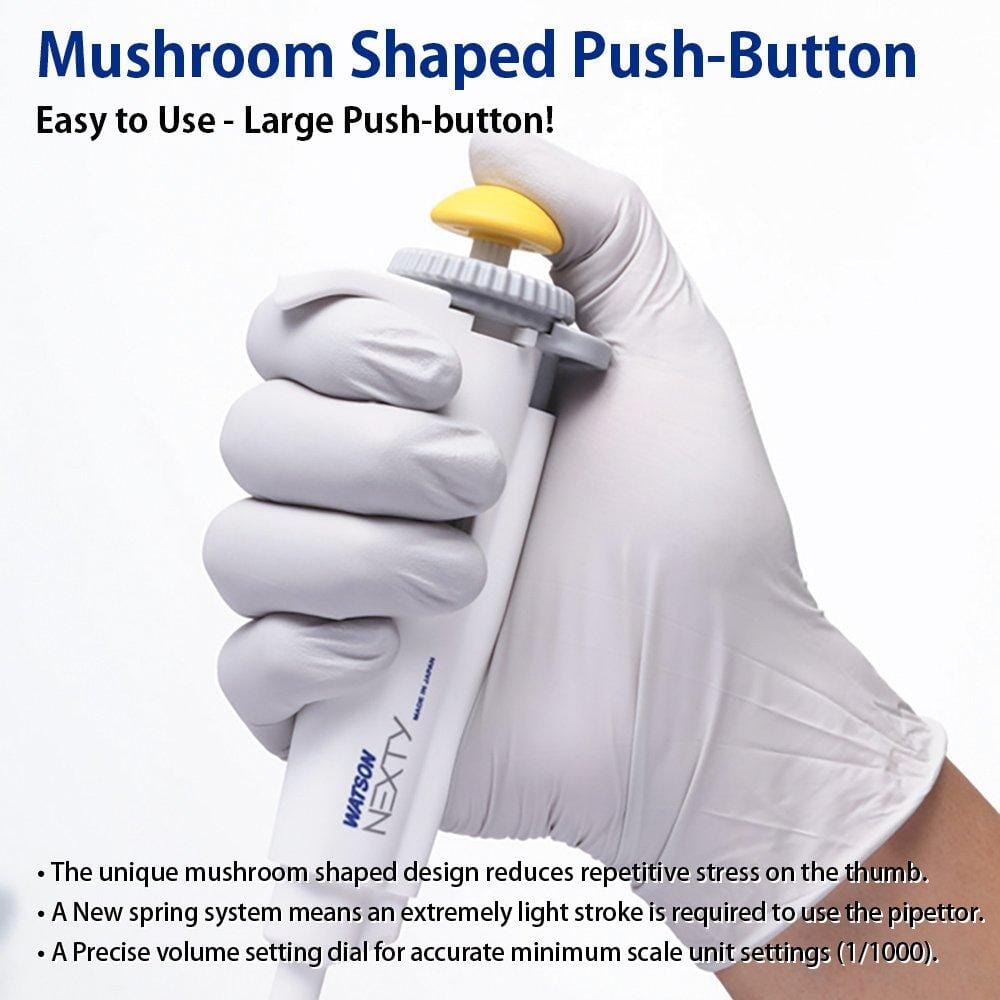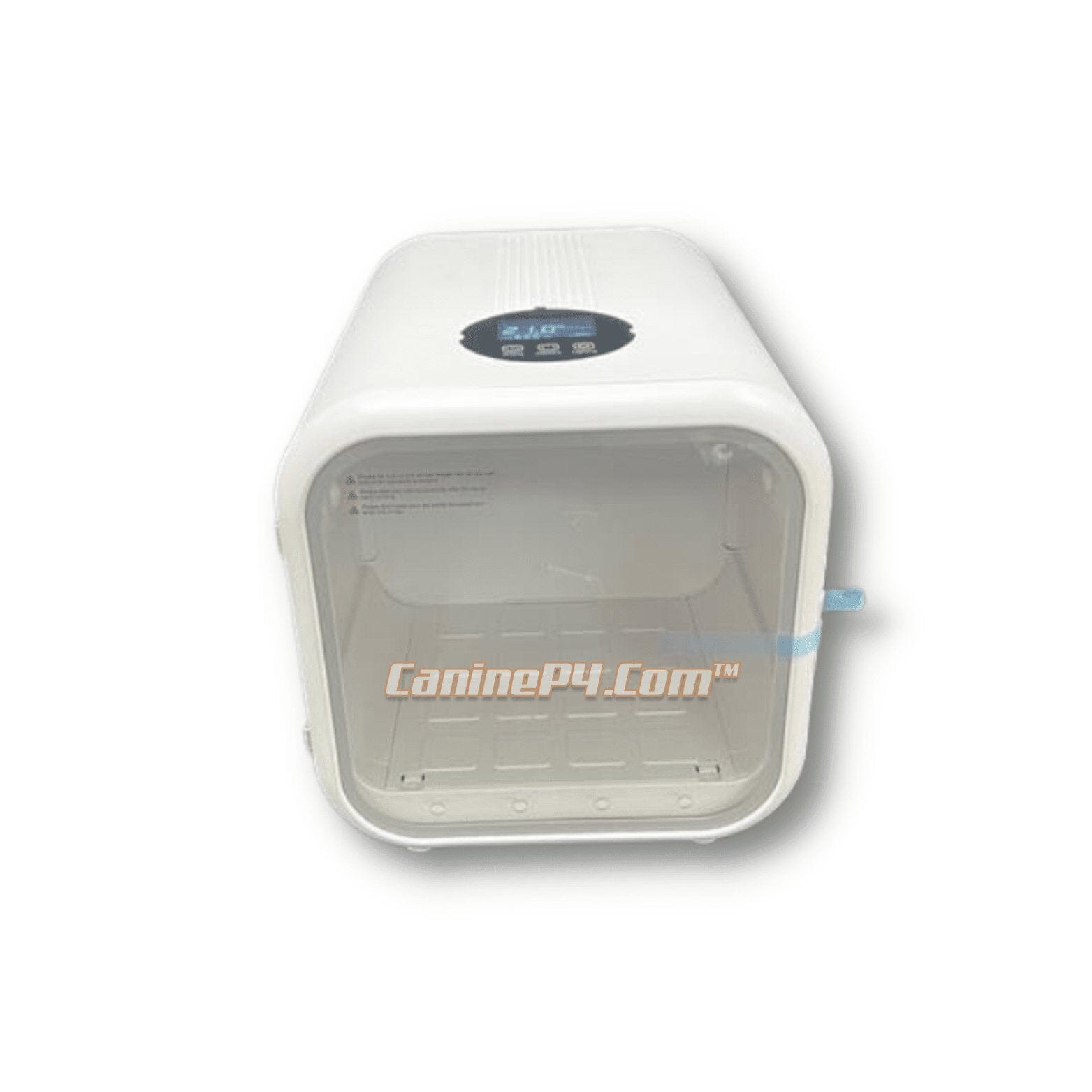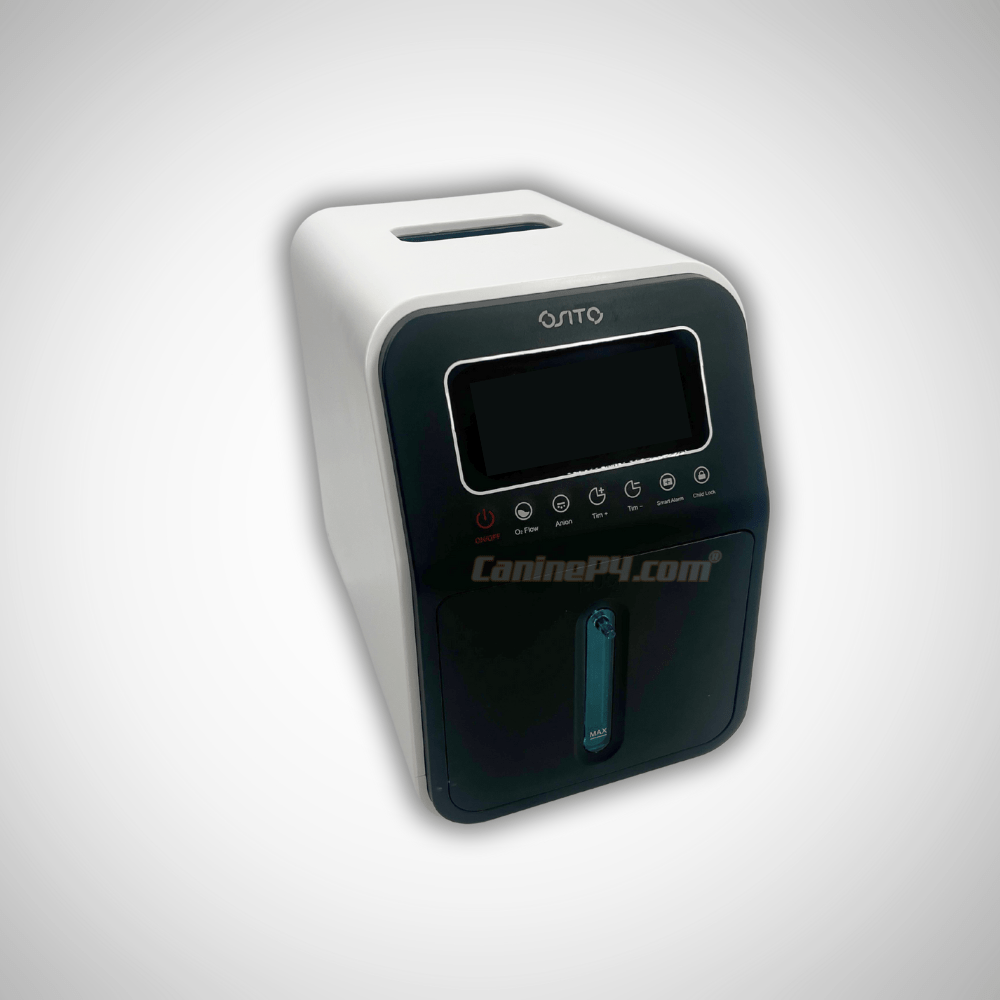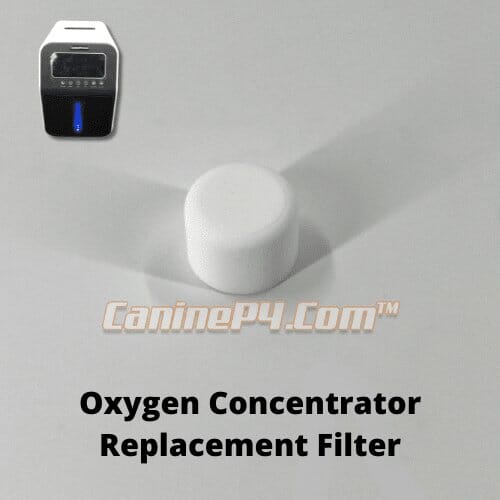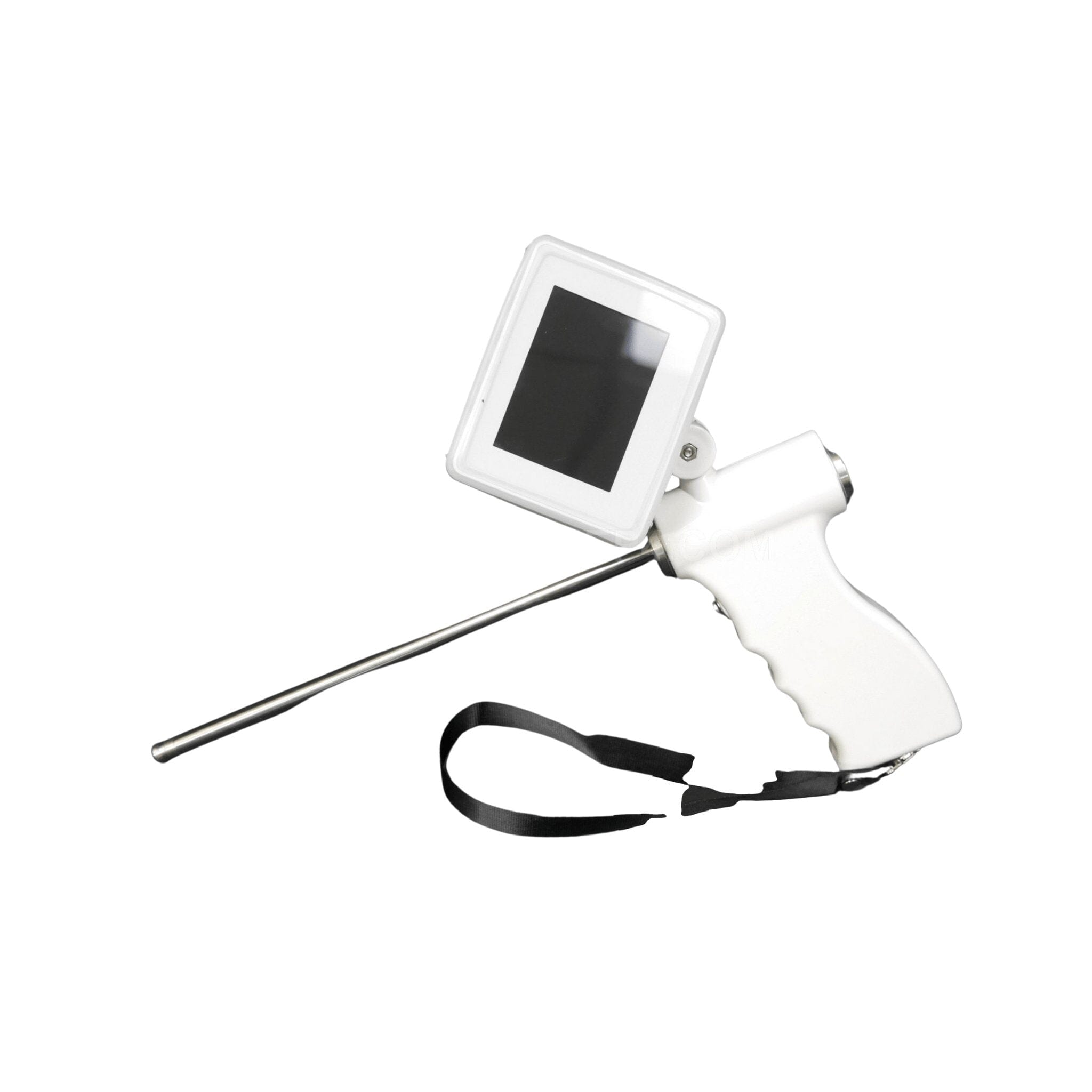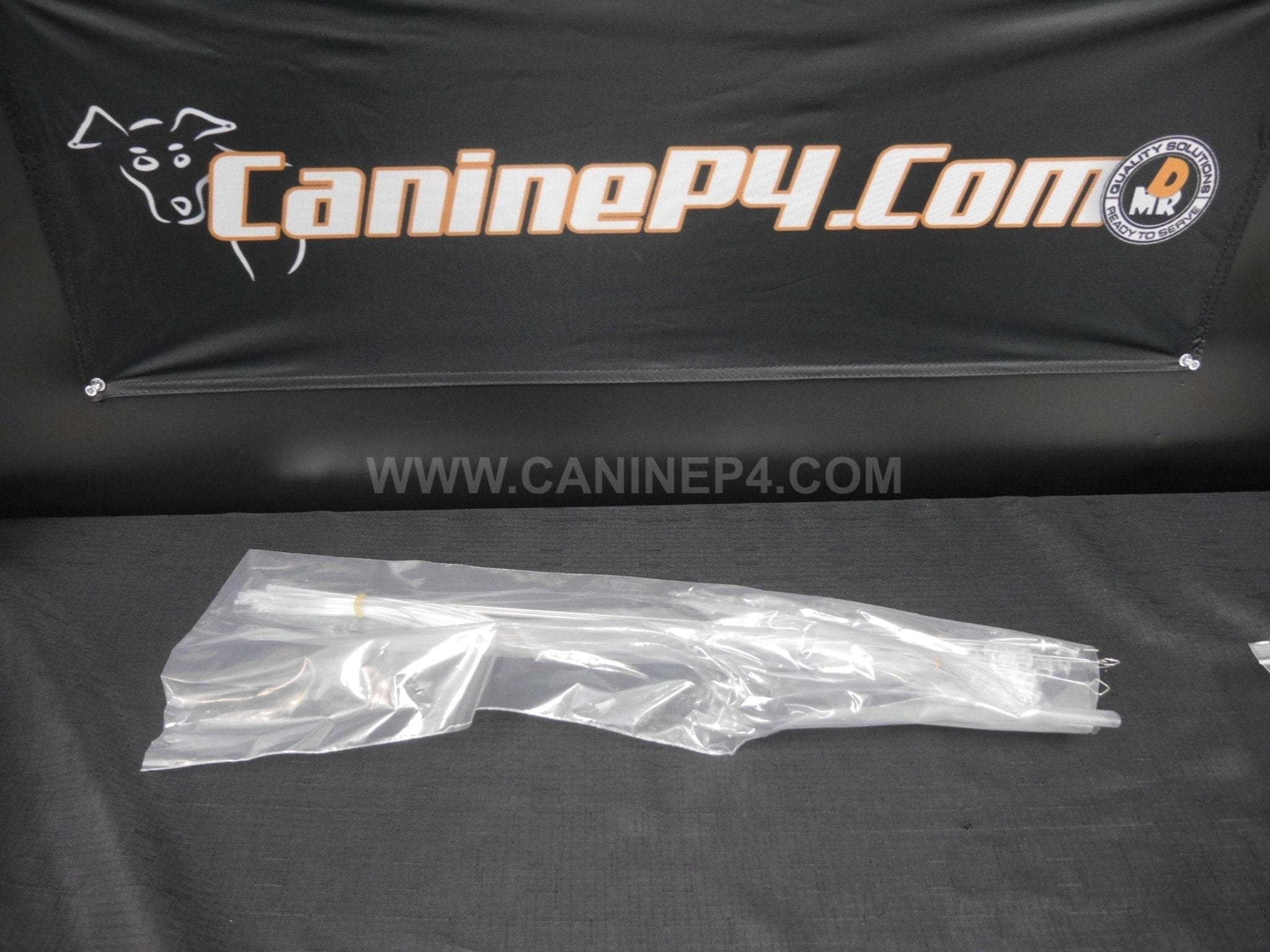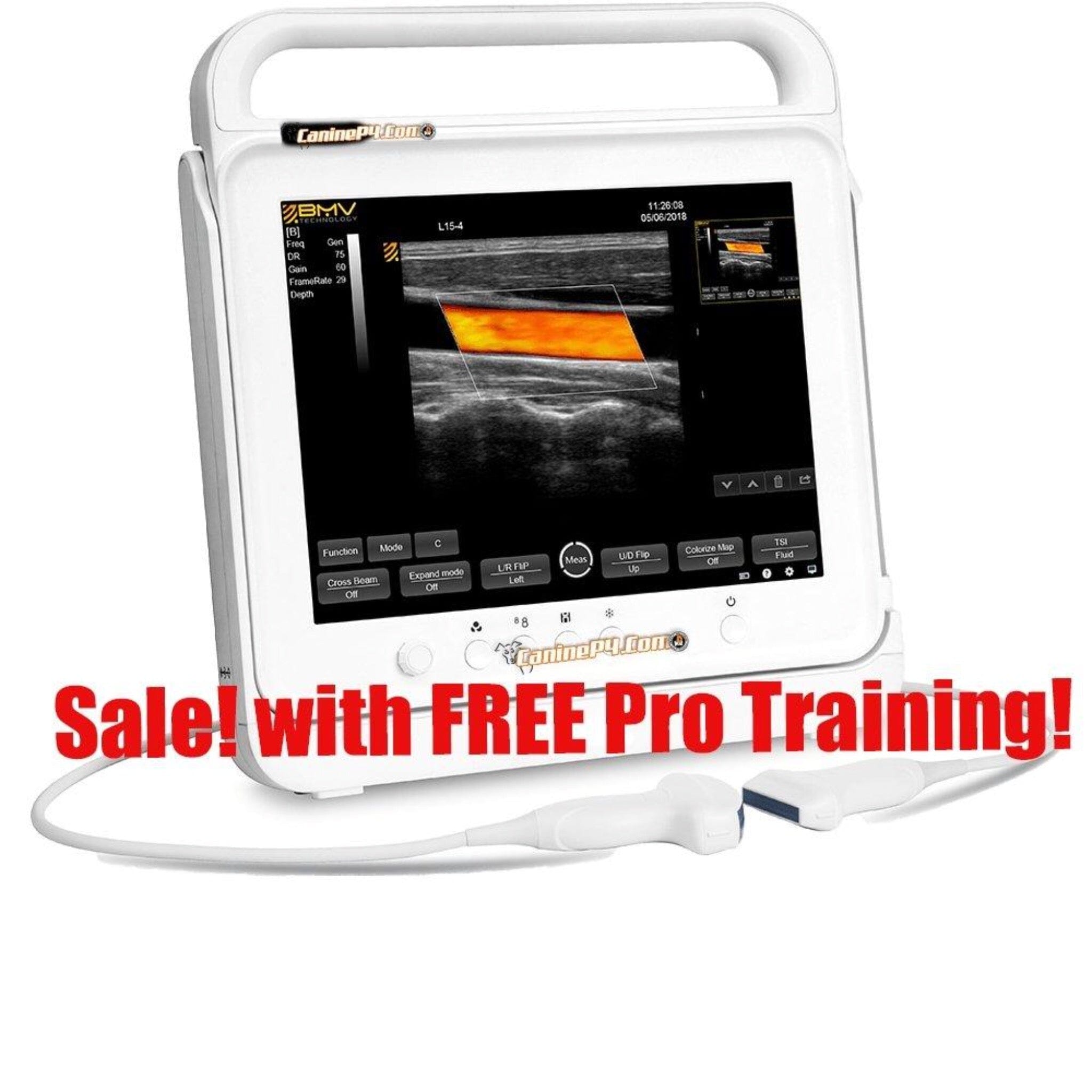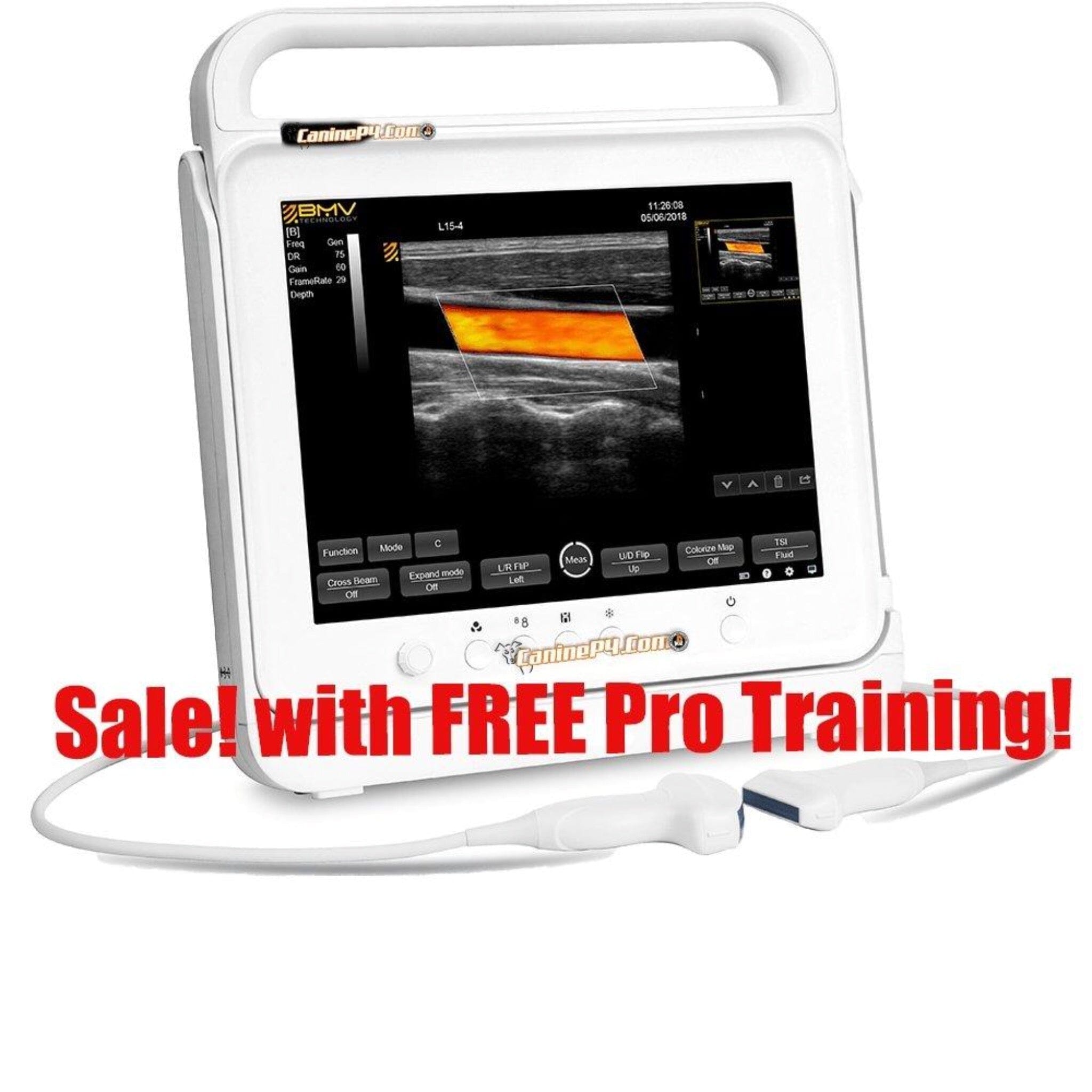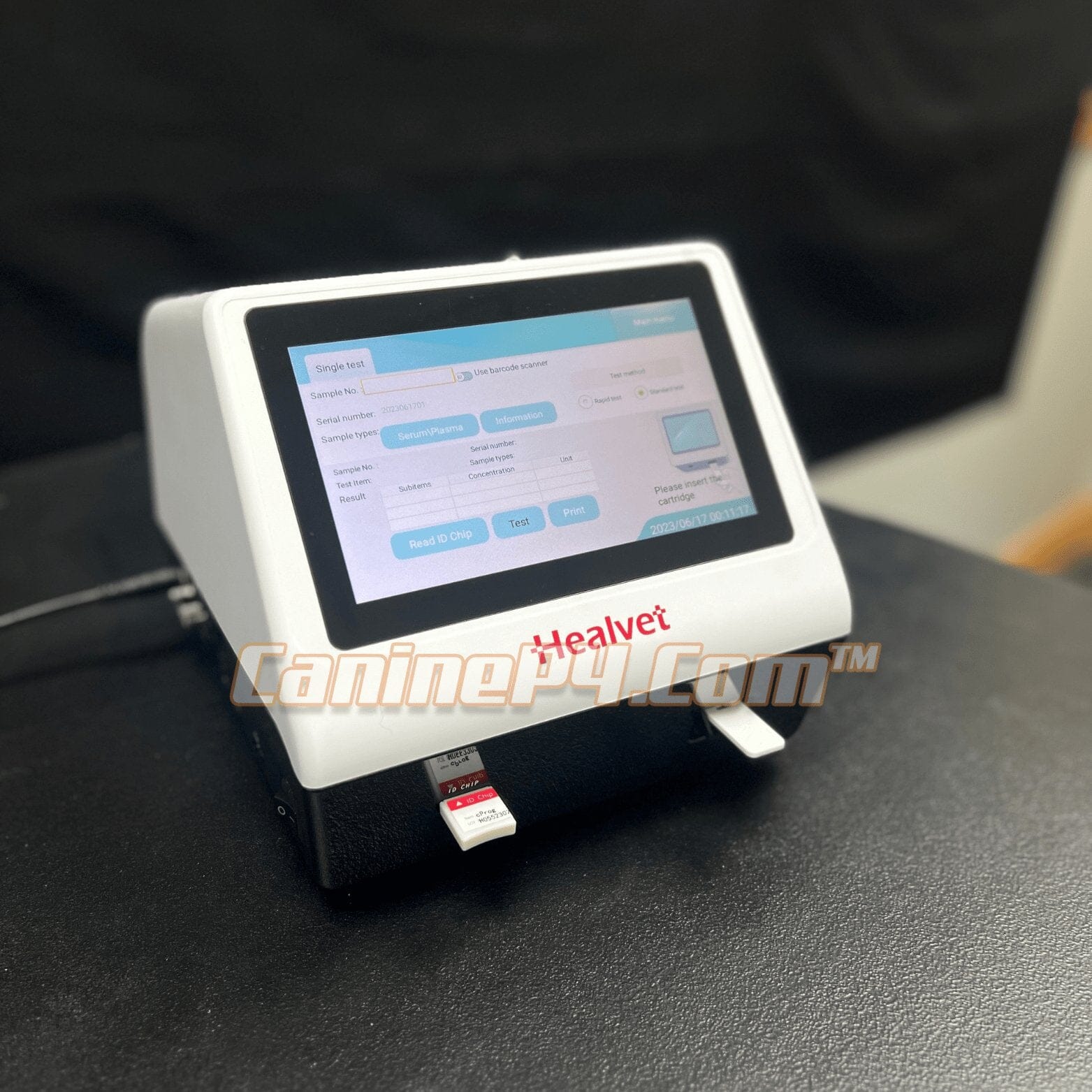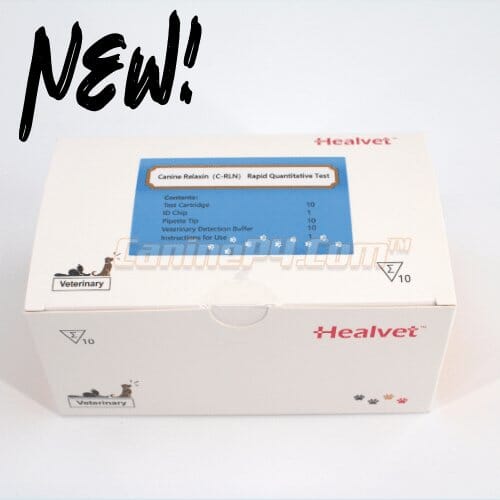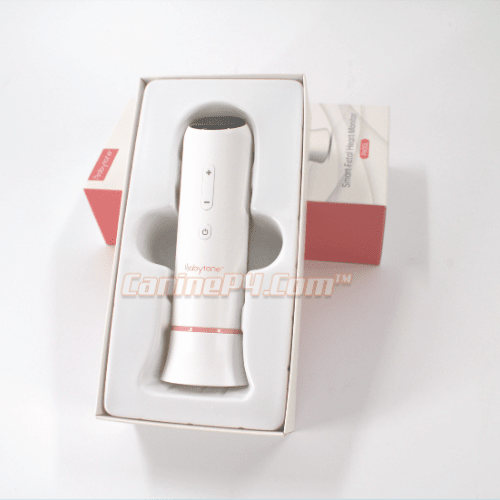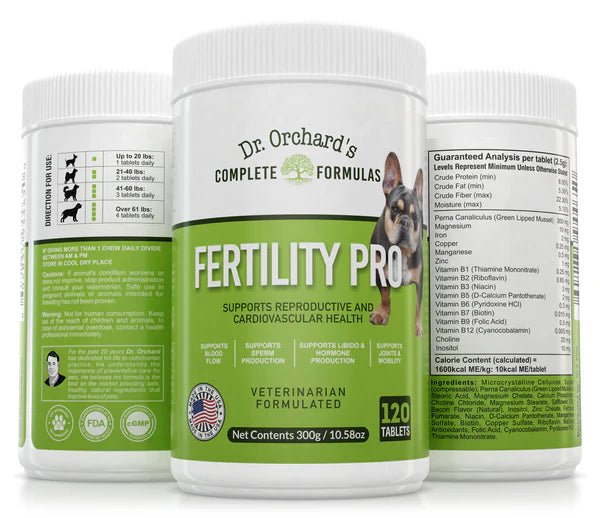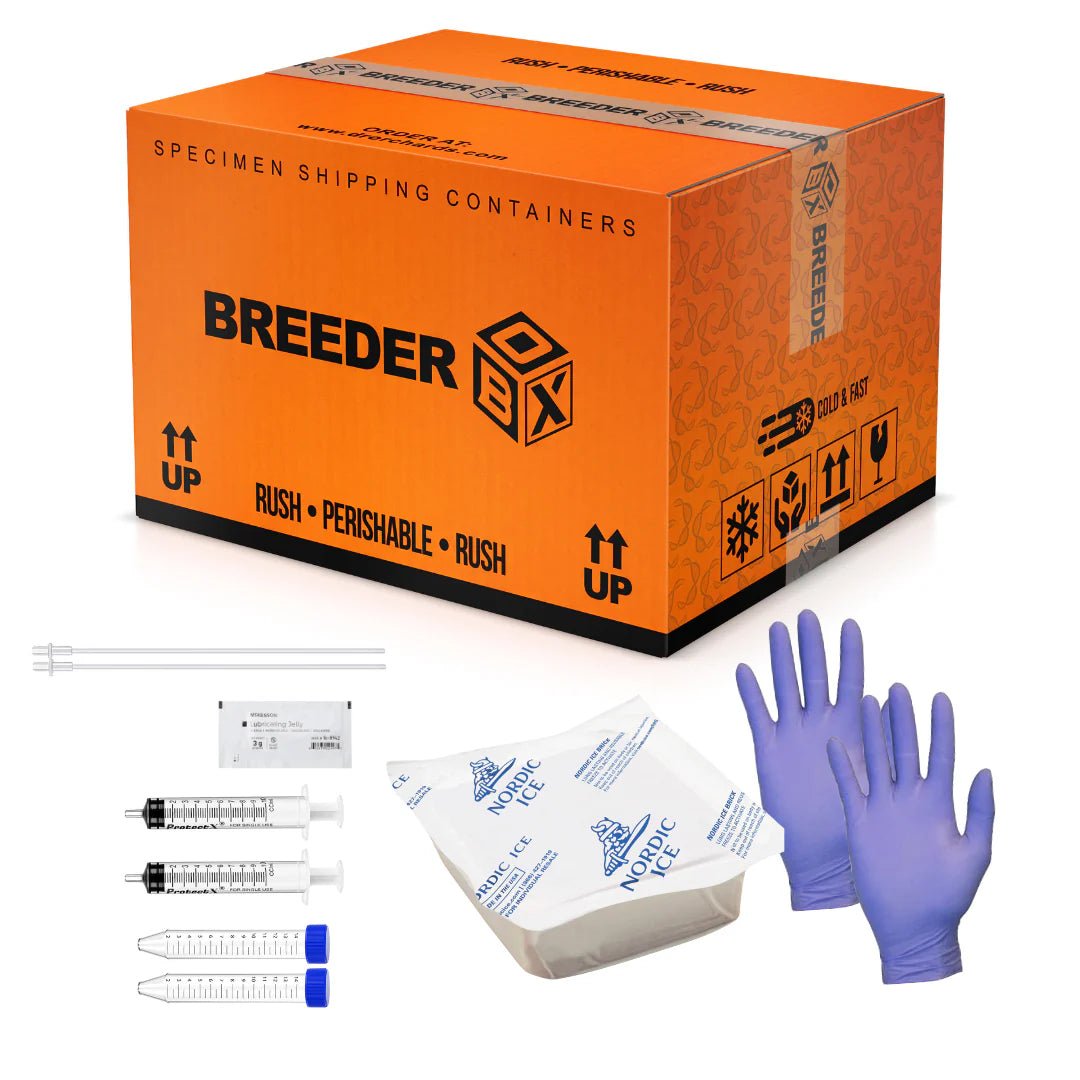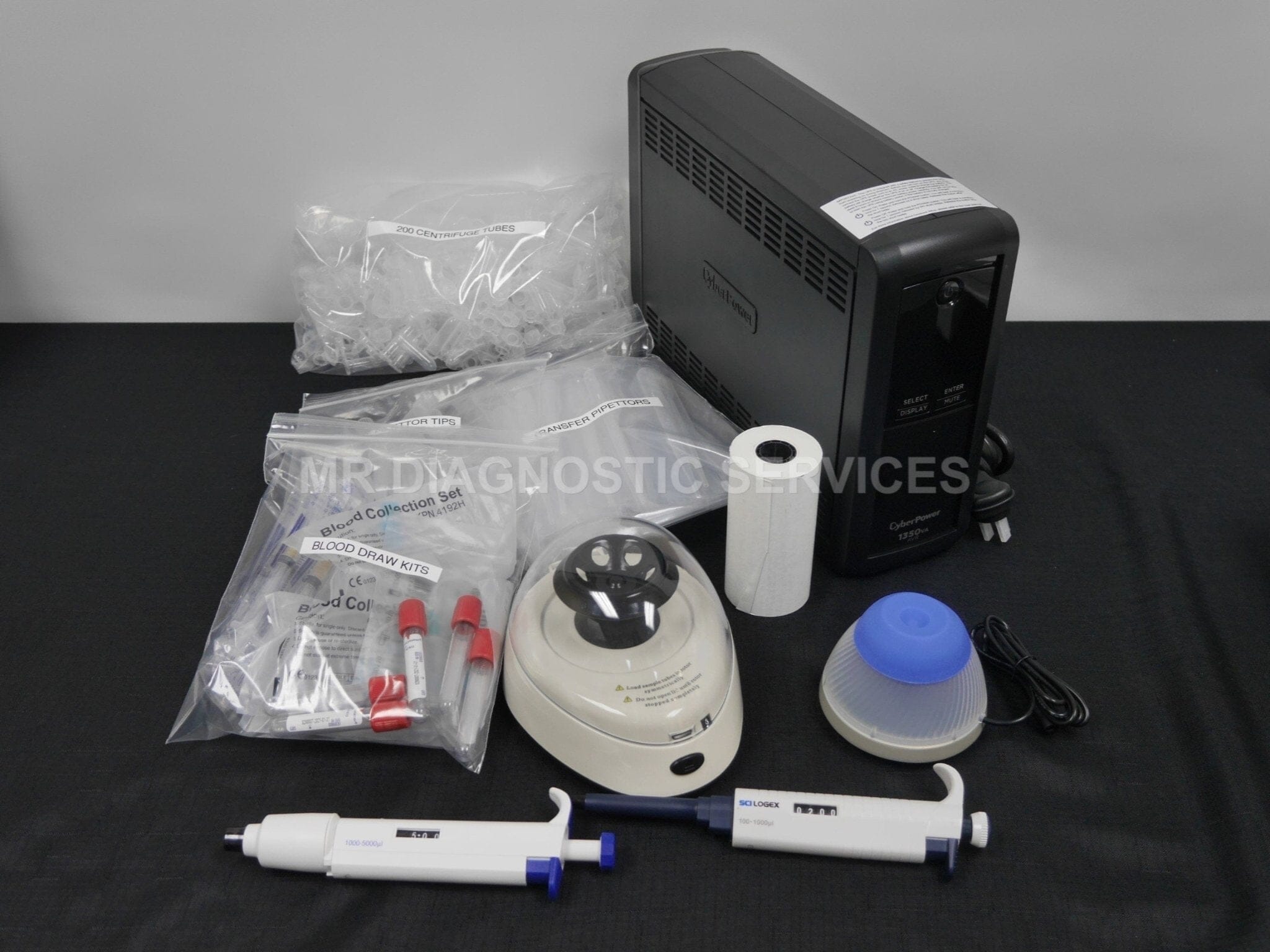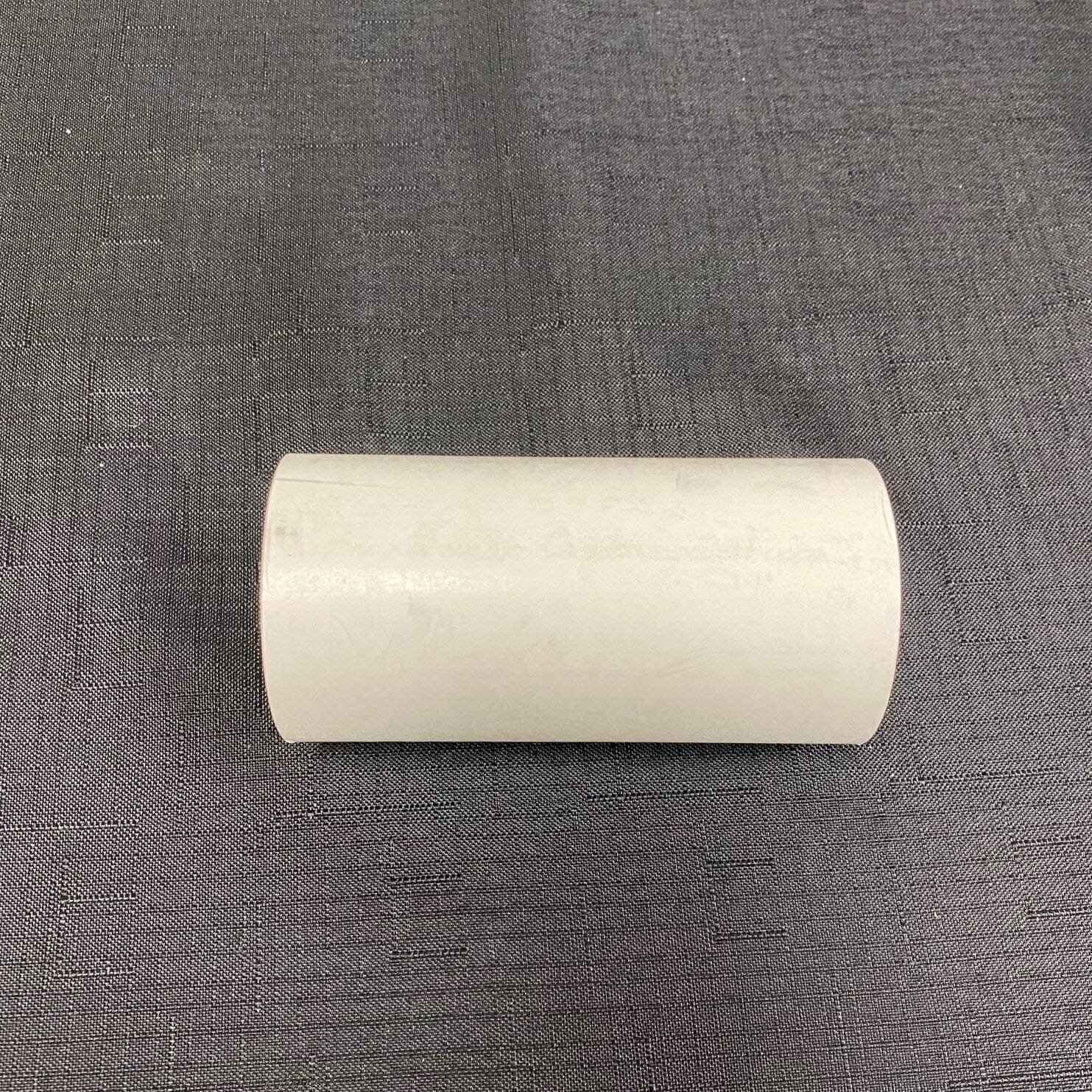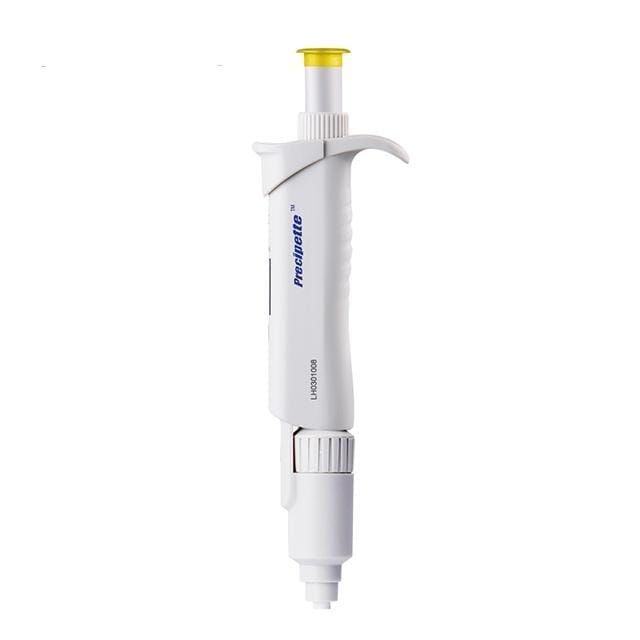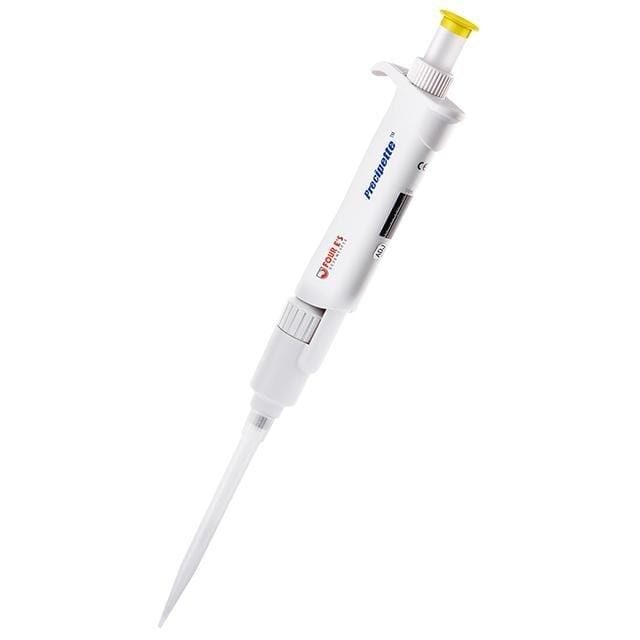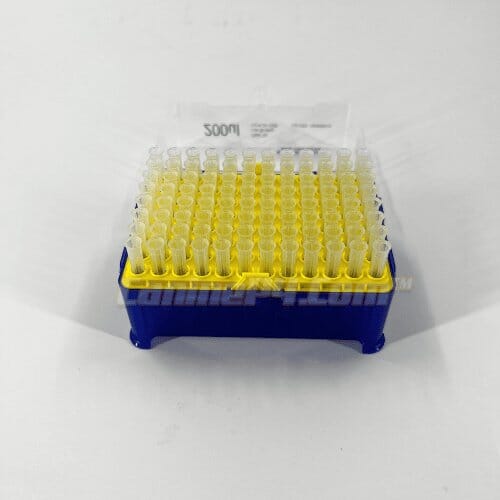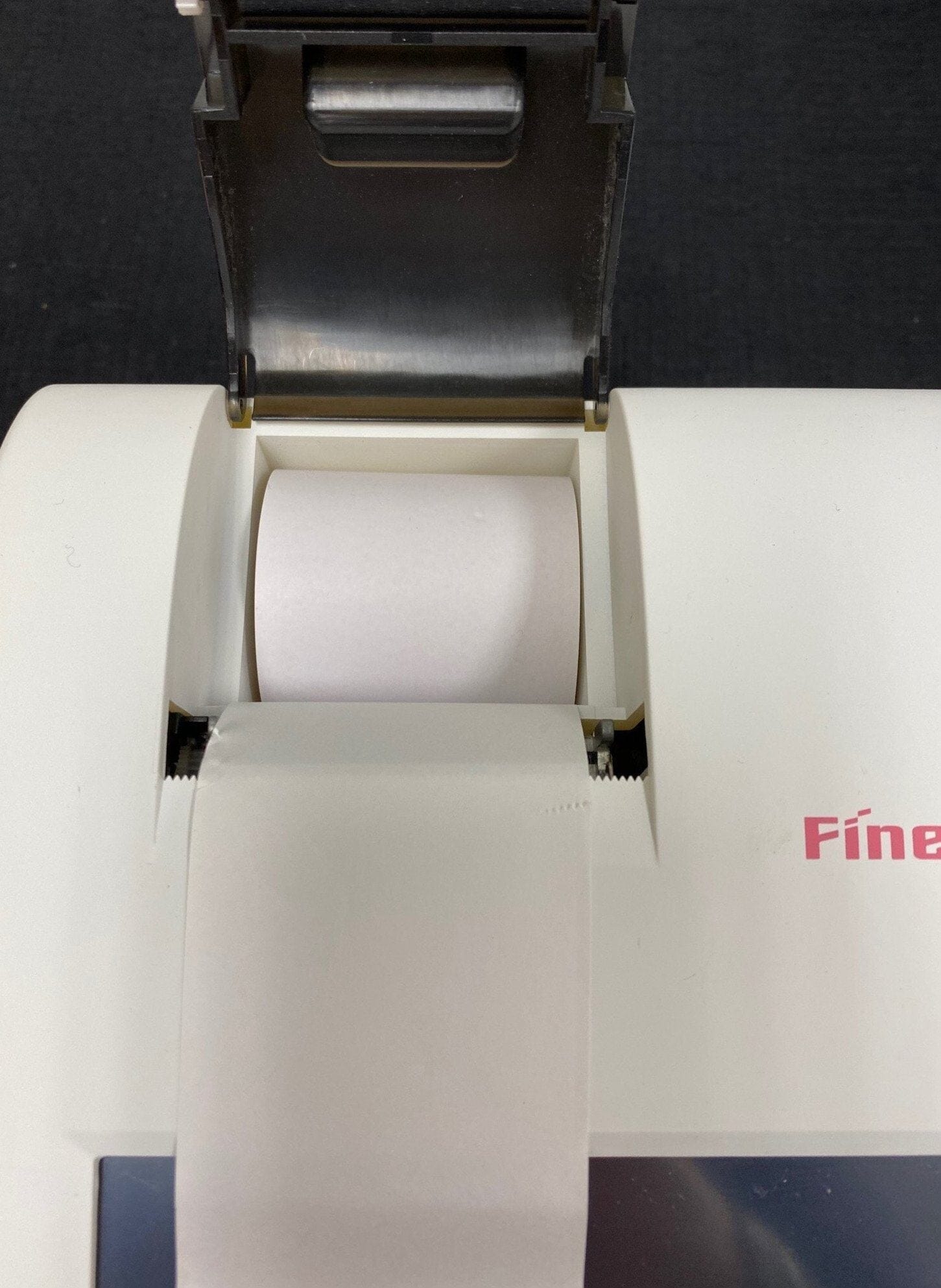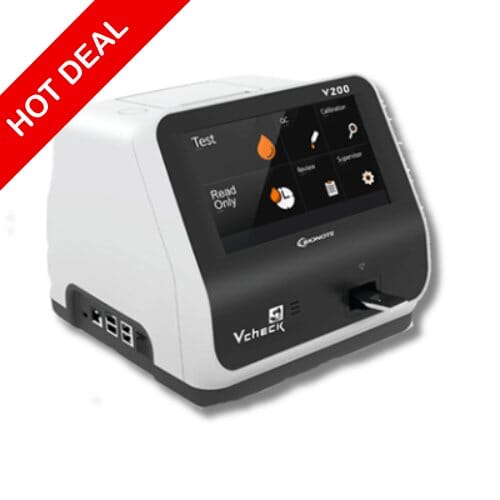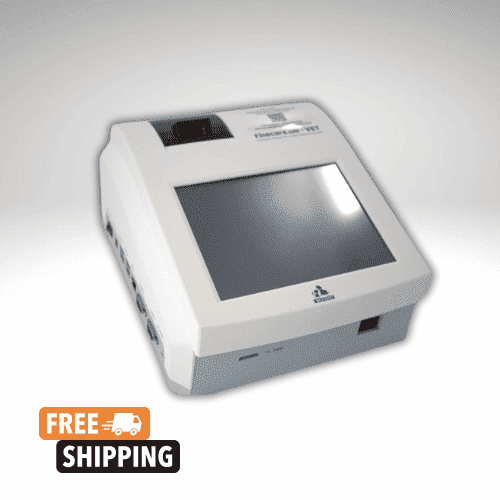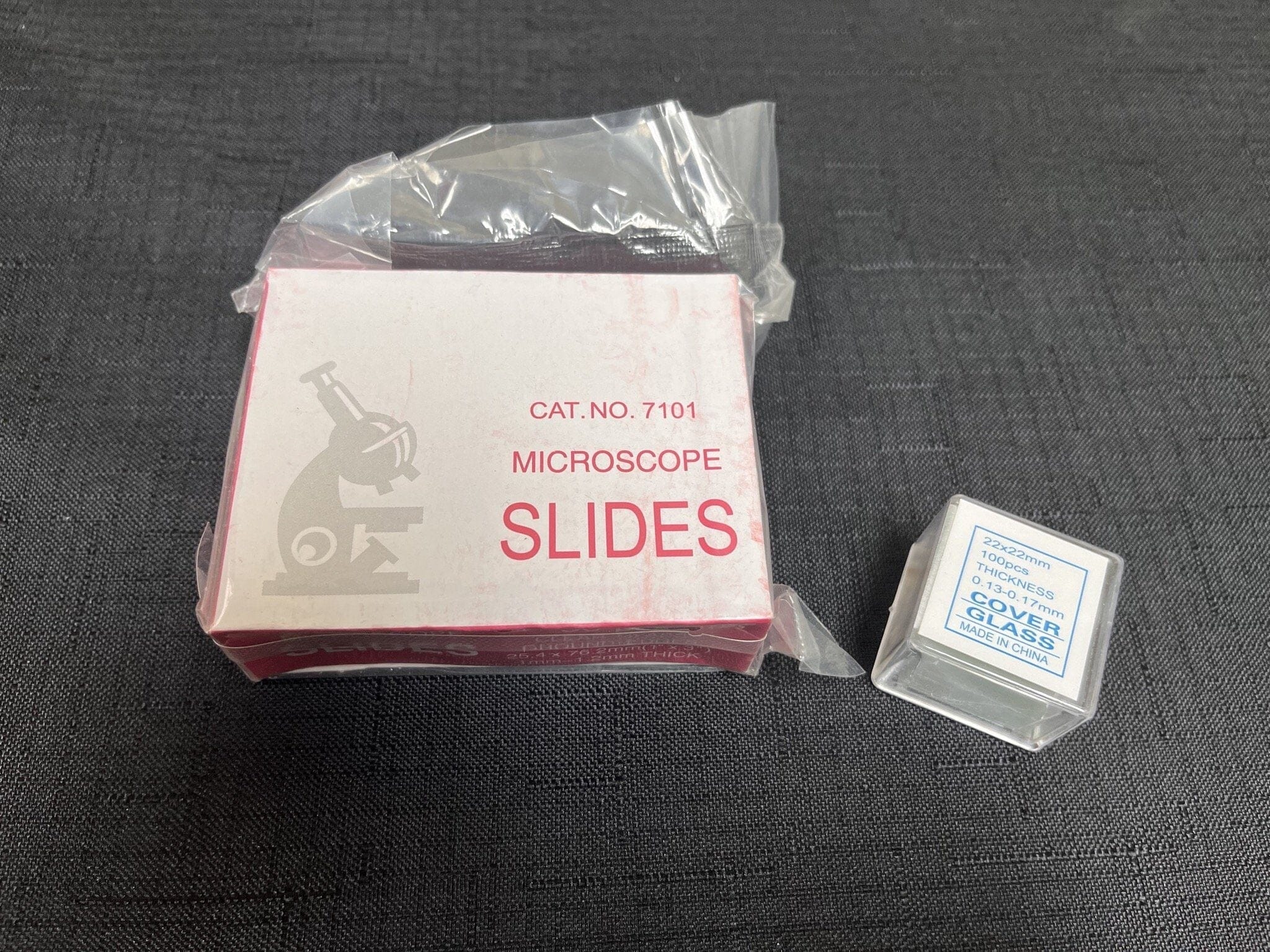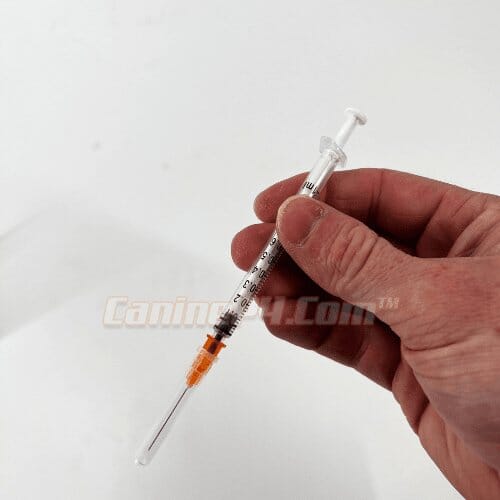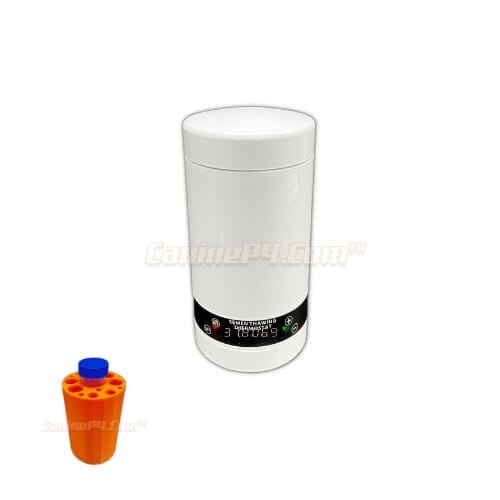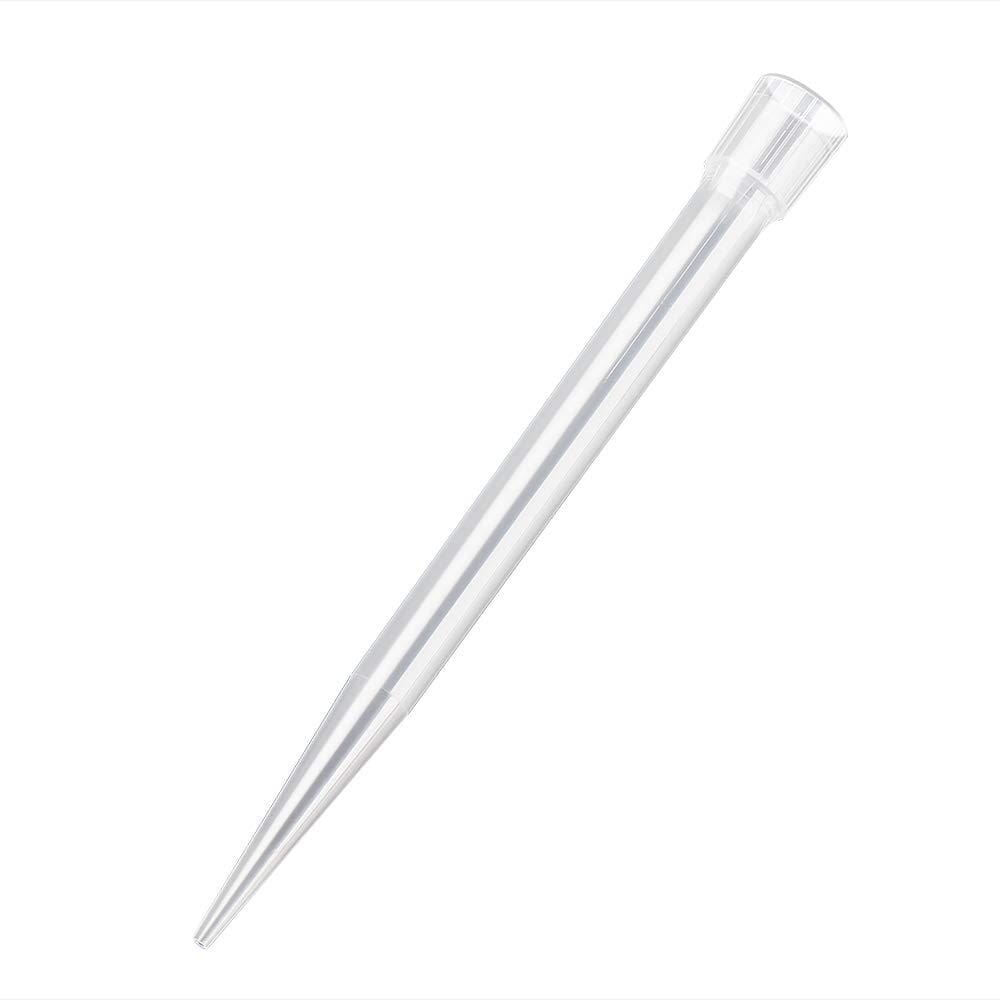Menu

iSperm 6 and 7 Training Center
iSperm 6 and 7 iCloud Video
iSperm 6 and 7 Training Videos
FAQ
-
Key Definitions
Below are the full definitions of sperm analysis metrics and other terms used:
Motility:
-
VCL: Curvilinear velocity
-
VAP: Average Path Velocity
-
VSL: Straight Line Velocity
-
STR: Straightness (VSL/VAP)
-
LIN: Linearity (VSL/VCL)
Definitions:
-
Motility: capacity of motion. These are sperm cells that are moving, not dead or floating
-
Motile Sperms: Sperms that are moving, regardless of direction or velocity
-
Progressively Motile Sperms: sperms that are moving in a fairly straight fashion
-
M/mL: million per milliliter (1000 milliliters in a liter)
-
Concentration: the number of sperms in a set amount of liquid, given here in Million/milliliter
-
-
Recommended Sperm counts and other measurements
Healthy sperm should register at least 70% forward progressive motility, 90% normal morphology and 200 million total moving sperm for healthy pregnancies.
Total sperm count per ejaculation (not per sample, or milliliter mL) should be 300 million to 2 billion.
Total healthy progressively motile sperm per intra-vaginal insemination should be at least 200 million (see calculation below)
Definitions:
-
Motility: capacity of motion. These are sperm cells that are moving, not dead or floating
-
Motile Sperms: Sperms that are moving, regardless of direction or velocity
-
Progressively Motile Sperms: sperms that are moving in a fairly straight fashion
-
M/mL: million per milliliter (1000 milliliters in a liter)
Source: Semen quality and artificial insemination (Proceedings) (dvm360.com)
-
With your raw or processed sperm sample, take your averaged reading with the iSperm.
-
Write down your total concentration for the sample (in Million/mL)
-
Multiply the percentage of progressively motile by the total concentration
-
Then, multiply that resulting number by the percentage morphologically normal
-
Divide 200 by that number
-
The number after line 5 is the minimum mL of that sample you are recommended to inseminate with, pending the sperm passes the checks listed above for progressive motility, concentration, and morphology.
For example, let's say we have a concentration of 450 M/mL (million per milliliter).
The results show progressive motility of 78%. So we multiply 450M/mL by 78% (or 0.78). It is 351.
Next, we have identified that most if not all appear totally normal in shape and size (morphology). Let's give it a 95%. 351 x 0.95 = 333 (Million/mL healthy sperm)
200/333 =0.60 So we have a minimum sample volume of 0.6mL.
If we deposit 10mL AI, we have 333 Million/mL x 10mL = 3,330 million total healthy sperms in that 10mL sample, well over the recommended minimum 200 million total..
However, remember if you are using an extender, or freezing/thawing the sperm for later use, that motility will generally decrease, and the extender will DILUTE that value. So your 333 million per milliliter, mixed with two parts extender, is now 111 million per milliliter.
-
-
Recommended Sperm result values
For best results, your sperm sample is recommended to have the below-listed parameters or better
1. 70% or greater forward progressive motility
2. 90% or greater normal morphology
3. 200 million total motile, healthy sperm per insemination
4. 300 million to 2 billion total sperm count per ejaculation
For further information, please see the following link: Semen quality and artificial insemination (Proceedings) (dvm360.com)
-
Suggested Dilution Ratios
Since the sperm may encounter too many collisions or be too optically condensed above 75 M/mL, the velocity parameters, tracking function, and progressive motility will be activated only when the concentration is below 75 Million/ml (you may refer to the "Specifications" part of the iSperm manual or the following graph) The range that enables reporting of Progressive Motility will be 10-75 M/mL, optimized at 30-60M/mL. Please reference the following chart when planning the dilution necessary to bring the sample into this range.
-
Sperm handling FAQ
1. AVOID temperature shock or thermal shock as they can kill off the motility of sperms
2. Do not mix semen with the extender in un-like temperature conditions, IE warm semen with cold extender. For the best results, temperatures must be consistent.
3. Motility will be significantly decreased when testing it cold or under cold conditions
4. Avoid exposing sperm to rubber
5. Sperm should be immediately warmed or slowly chilled to cold temperatures and then mixed with an extender to avoid temperature shock.
6. Heating sperm to temperatures over 115F can introduce HEAT SHOCK kill-offs. The best-warmed temperature is around100F
7. Freezing sperm without correct processing can kill off the sperm
8. Sperm allowed to sit at room temperature, or even chilled, can create a concentration gradient after as little as 15 minutes. Mix well prior to testing.
Sperm testing is DYNAMIC, total PMSCs and motility can be changed quickly and drastically by temperature and handling techniques
The portion of the sample is taken from, mixing, and type of sperm processing done can greatly reflect the total count and motility ratings when performing analyses.
iSperm Products and More.
- Choosing a selection results in a full page refresh.
